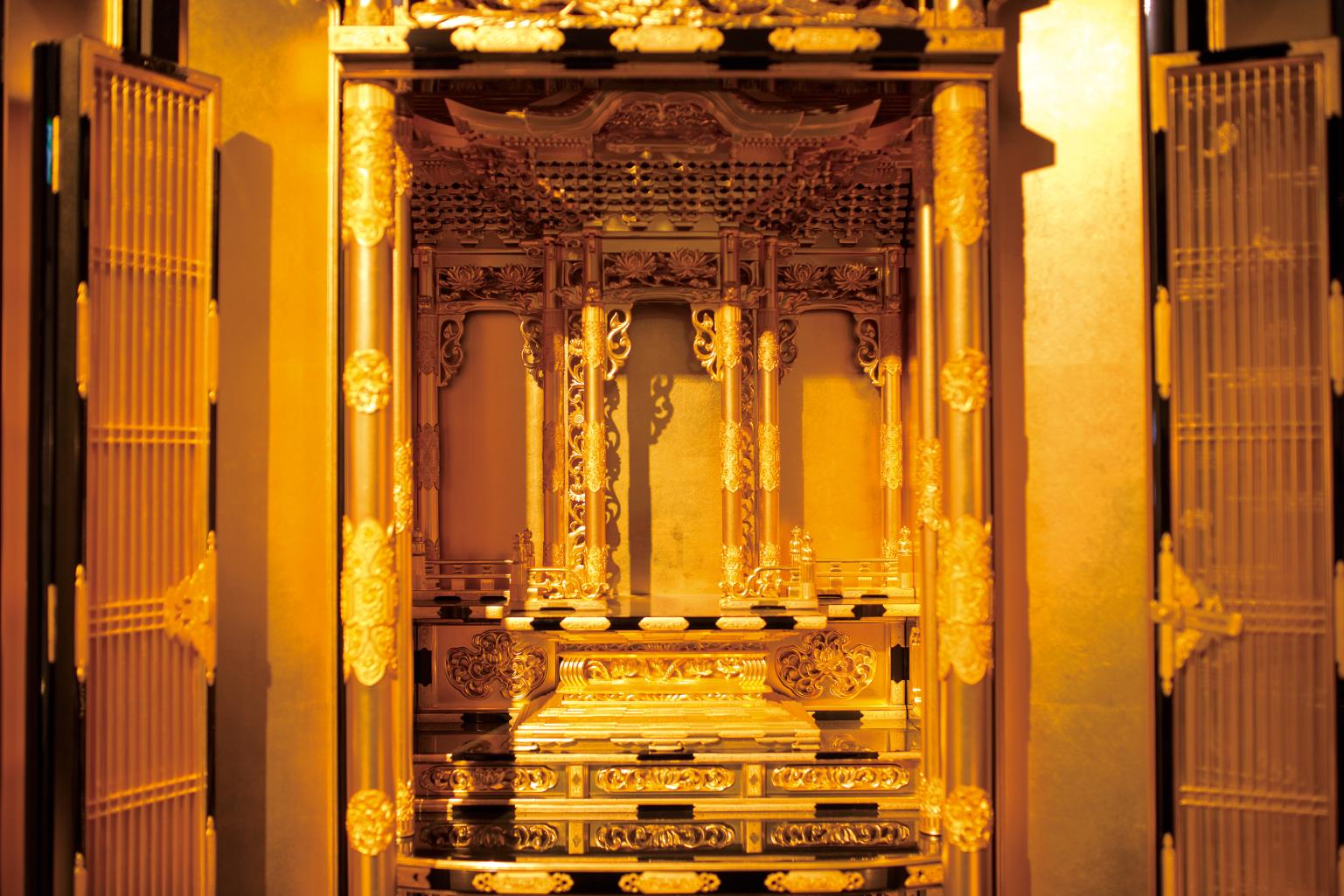
Yame Fukushima Butsudan
It is a symbol of Japanese faith, the crystallization craft workers' skill
The Yame region has been a place of strong Buddhist faith since ancient times, and a lot of historic temples still remain now. It is thought that because of this local character, Butsudan production came to flourish in Yame. The manufacturing technology was established around 1850. From that time onwards, craftsmen divided the work of carving, finishing, etc. between a number of workers to create a single altar, a style which has been handed down to the present day. Currently it is divided into six branches, and about 80 processes are performed before completion. It is an exquisite piece that can be considered a collaborative art by expert craftsmen.
Gratitude towards the ancestors expressed in majestic brilliant decoration and construction.
Butsudan, or Buddhist altar, which is a place to worship the deceased, represents the appreciation and respect for ancestors. Originally, one representative of the Buddhist paradise the "Pure Land" was expressed, so grand designs that imitate the great halls where Buddha statues are placed are common. Among Butsudan, the Yame Fukushima Buddhist altar is exquisitely luxurious and elaborately crafted. With its complex construction reminiscent of an actual building and glamorous shining gold, it is not an exaggeration to say that it falls in the realm of artworks. Most of the processes, such as applying the gold leaf, painting the coats of lacquer, the metal fittings, and assembling the palace, are carried out by hand, and the more closely you look at it, the more you can feel the high level skill of the craftsmen. Yame Fukushima, the famous place for Butsudan, was a castle town in the Edo period and is an emotional district where modern and old town houses stand side by side. Just walking in the town will feel the history and culture of the place where Buddhist altars were born and raised.
Traditional style of Yame Fukushima Butsudan, called Fukushima type. In order to be approved as a traditional craft product, it is necessary to carefully select from manufacturing materials as well as manufacturing methods.
The elaborate palace parts, such as miniature shrines and temples, can only be produced by the hand sculpting of the craftsmen. The gold leaf that is carefully affixed makes the atmosphere shiny and dazzling.
"Yame Fukushima Toro Ningyo" is dedicated in a ritual once a year. The technique of manufacturing Butsudan is also used to make the dolls and the stage.
Built from the Edo period to the early Showa period, townhouses are lined up and the white-walled townscape makes the Fukushima area popular for sightseeing. Yame Fukushima Buddhist altars have been made around this town.
Decorating the entire Butsudan, including the drawers, is the manufacturing process of metal fittings. The pattern is engraved on the copper plate by hand. It is amazing that the detailed patterns are all driven into the base one by one.
The wood is painted with many coats of natural lacquer to finish it with a glossy texture. When gold leaf is stretched over the lacquer, the black and gold make it look like a real Butsudan. From here it is assembled and the Butsudan is completed.
A beautiful picture emerges by painting delicate lines with lacquer and a special brush on the wooden surface and sprinkling gold powder on top. This is a traditional Japanese crafting technique called "Maki-e."
The palace parts reminiscent of tall buildings are all made by hand. Putting together the small wooden parts less than 1 cm in size, one by one, requires the skilled technique of a craftsman. There is no design plan on paper, and from the beginning it can be said that a completed image is created in the craftsman's head. It is very difficult to make the palace bilaterally symmetrical, and tasks like gradually scraping with a special sculpting knife demand manual dexterity.
A Butsudan dedicated to the ancestral spirit in the house. In the past it was common for each family to have one, but in modern times lifestyles have changed and there are fewer households with larger Butsudans installed. In keeping up with the changing times, many small Butsudans are also made.
USING TRADITIONAL TECHNIQUES ITEM
In modern times craftsmen in each department make use of the technology and products other than butsudans are also being produced.
-
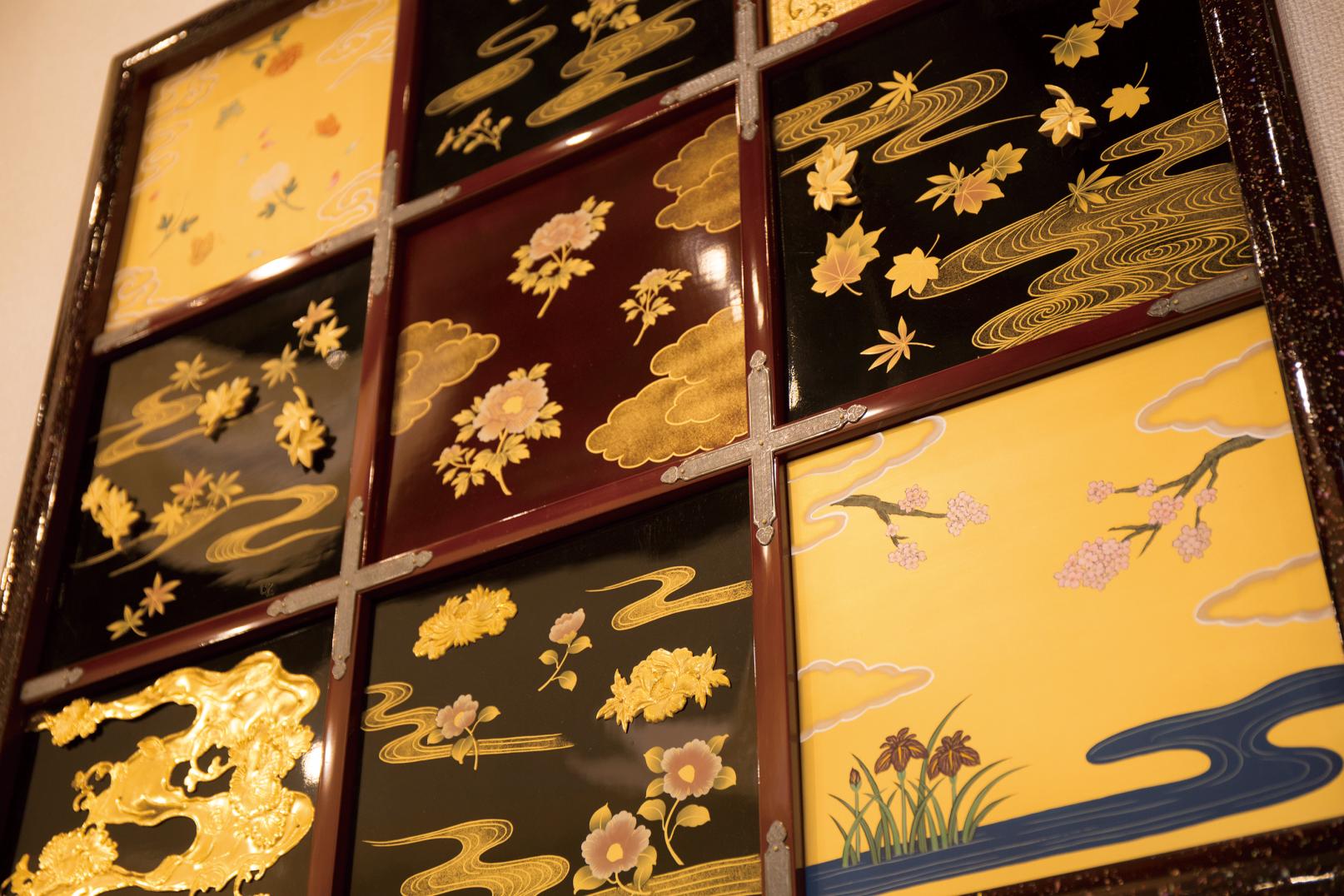
Wall-mounted accessories made using the combined skills of altar craftsmen who are divided into 6 divisions, such as metal working and maki-e painting. It is an example of how you can incorporate the handicrafts of top class craftsmen into daily life without the culture of displaying a Butsudan at home.
-
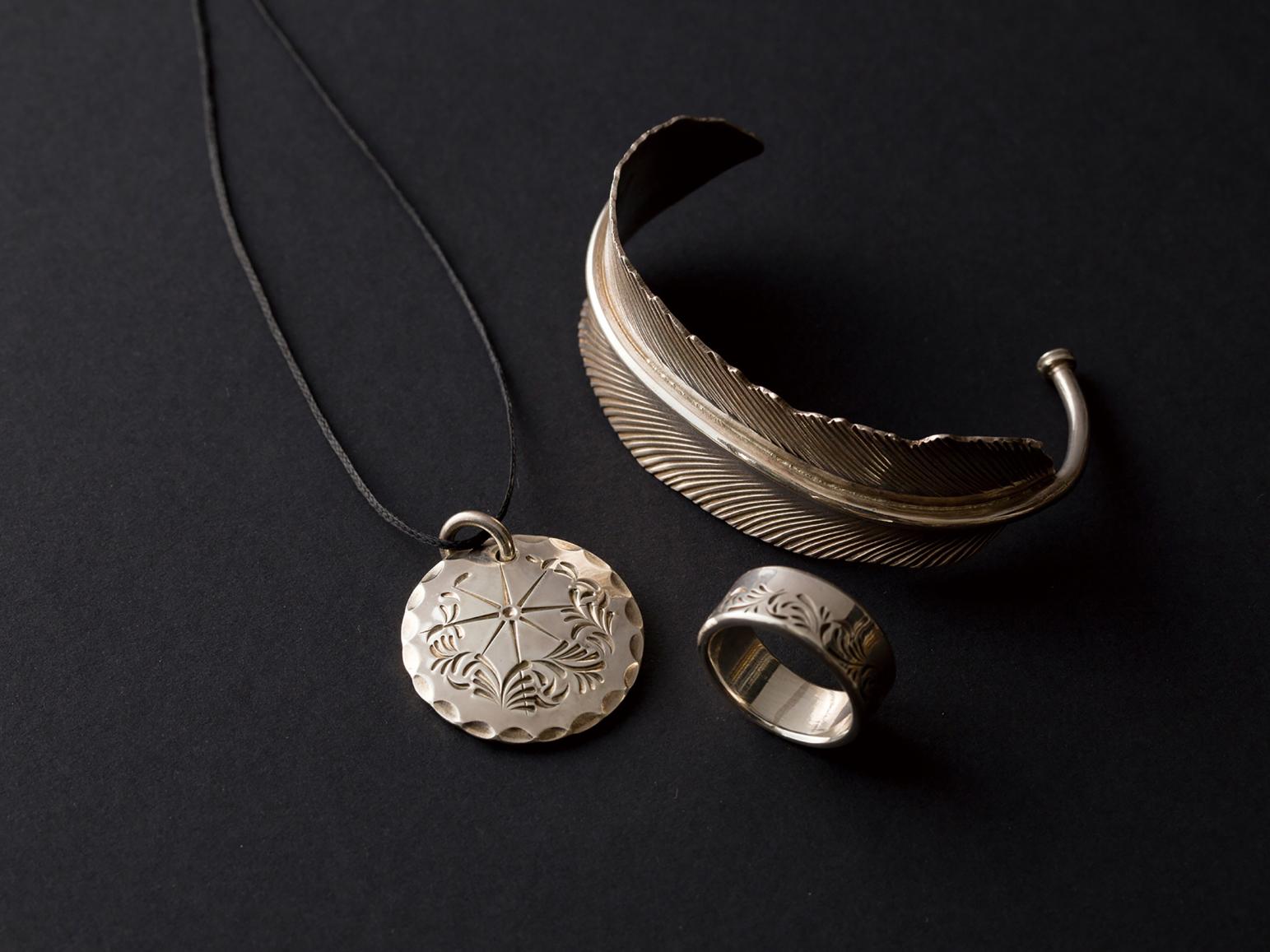
Silver accessories hand made by metal craftsmen. The height of technology can be felt in the elaborate workmanship.
-
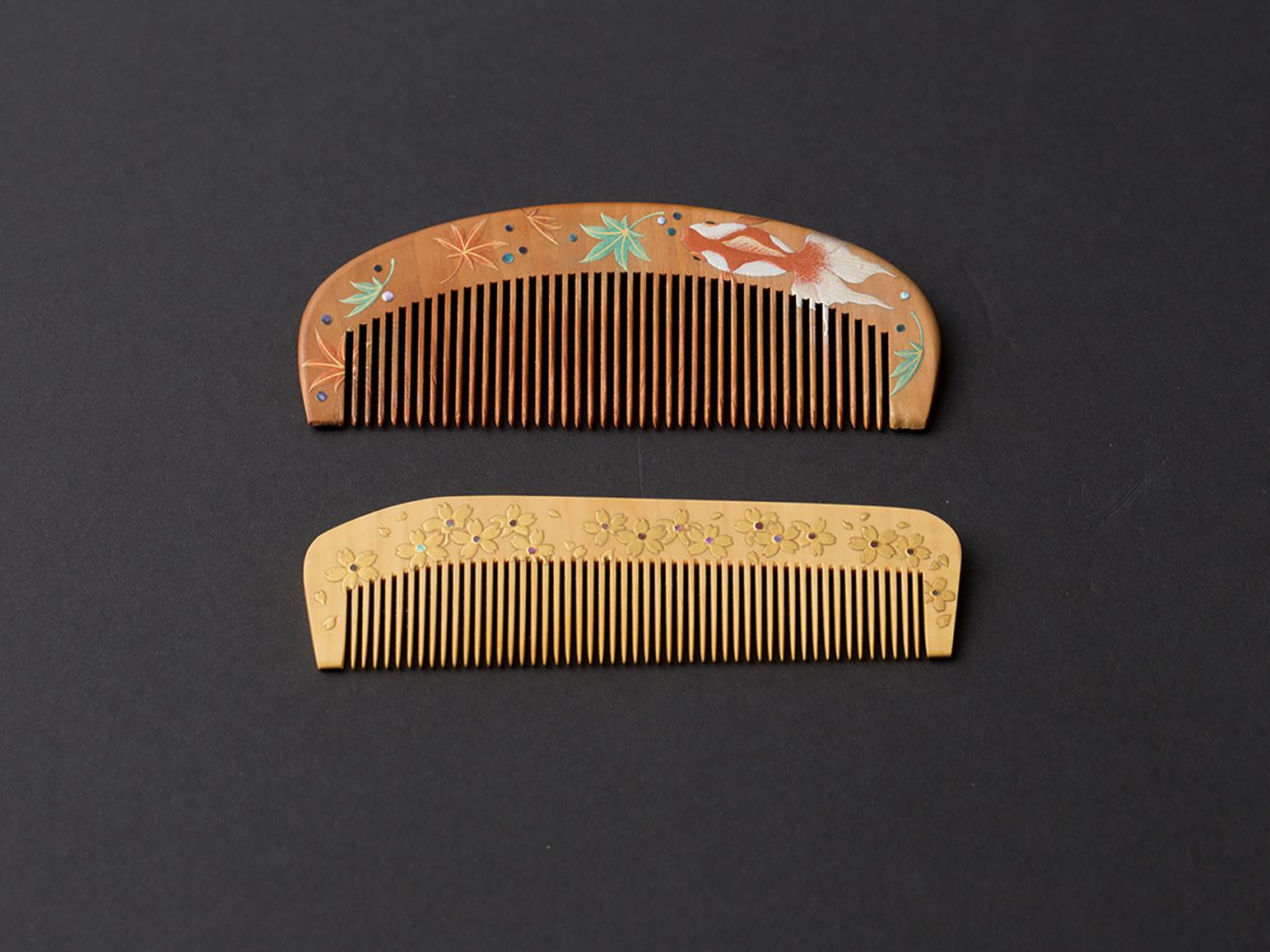
Comb shines casually with the techniques of the maki-e artisan.
-
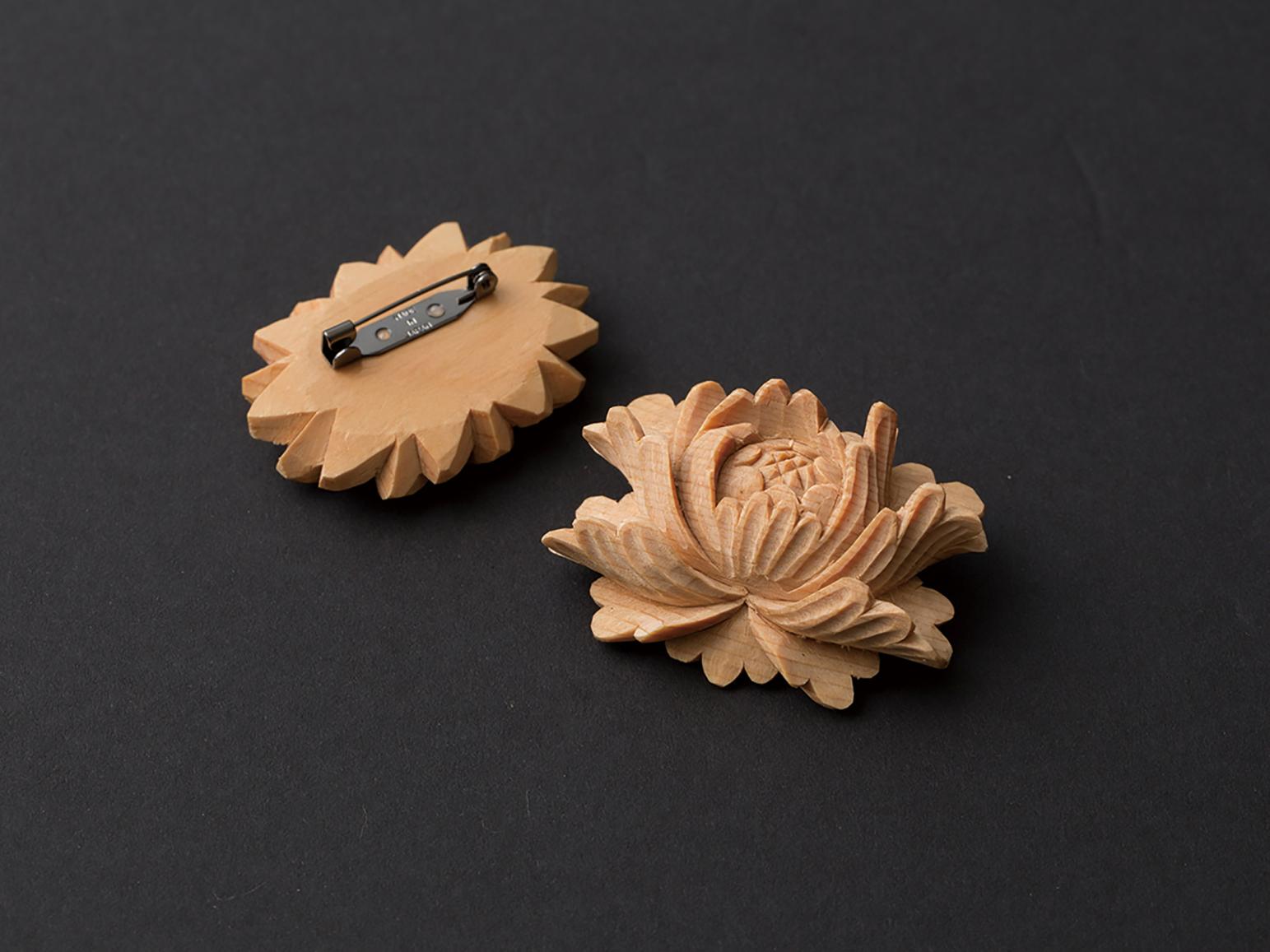
Wooden brooches handmade one by one by sculpture craftsmen.
-
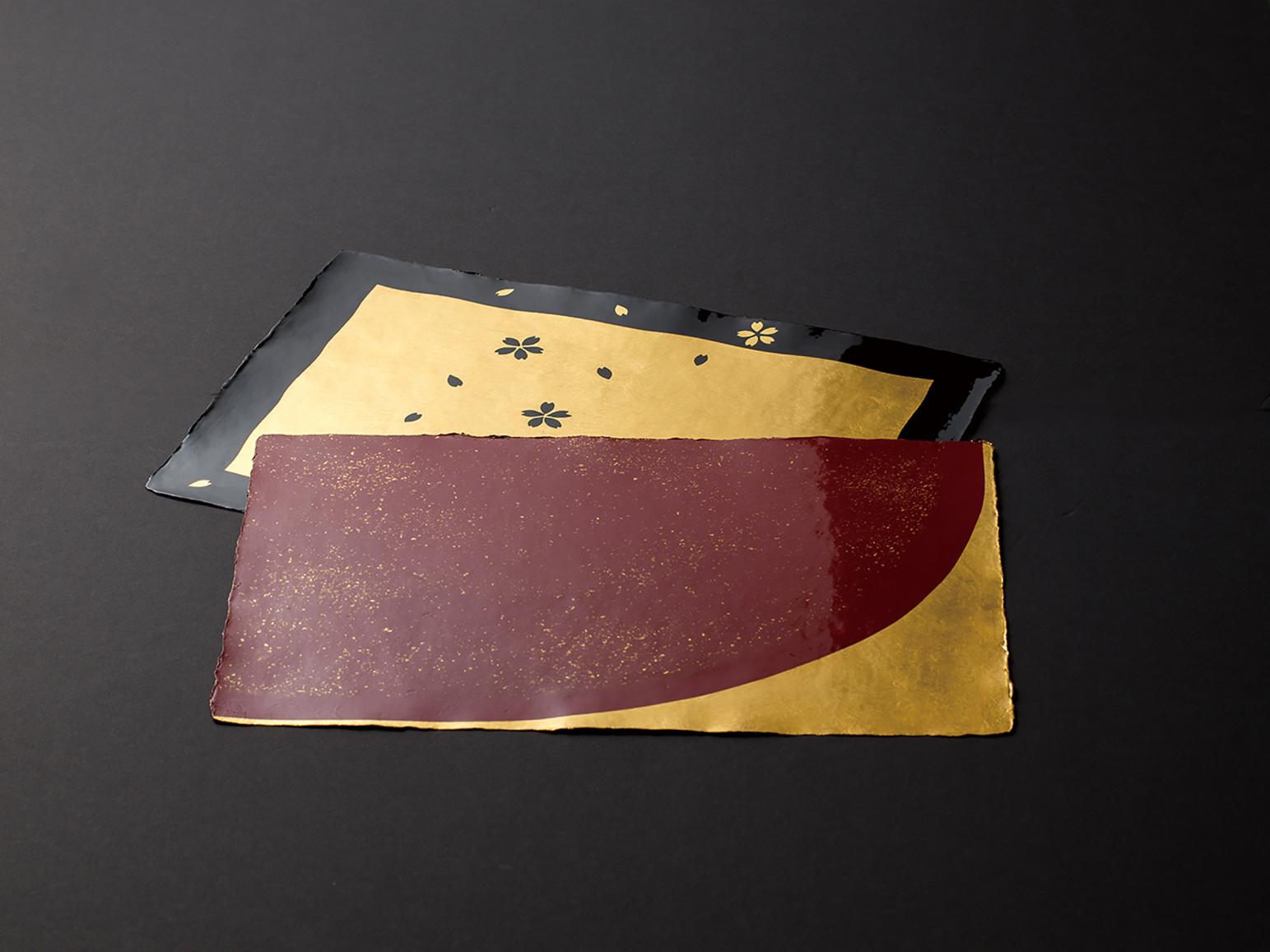
Lunch mat made using the technique of lacquer painting, gold foil pressing by craftsmen from the finishing department. It brings the harmony of Japanese style to the dining table.
Yame Fukushima Buddhist Altar Cooperative
Motomura 2-123-2, Yame-shi, Fukuoka Prefecture 〒834-0031
TEL : 0943-24-3941
HP : https://yamebutsudan.or.jp/
Contents
01 Hakataori
02 Hakata Ningyo
03 Aganoyaki
04 Koishiwarayaki
05 Kurume Kasuri
06 Yame Chochin
07 Yame Fukushima Butsudan


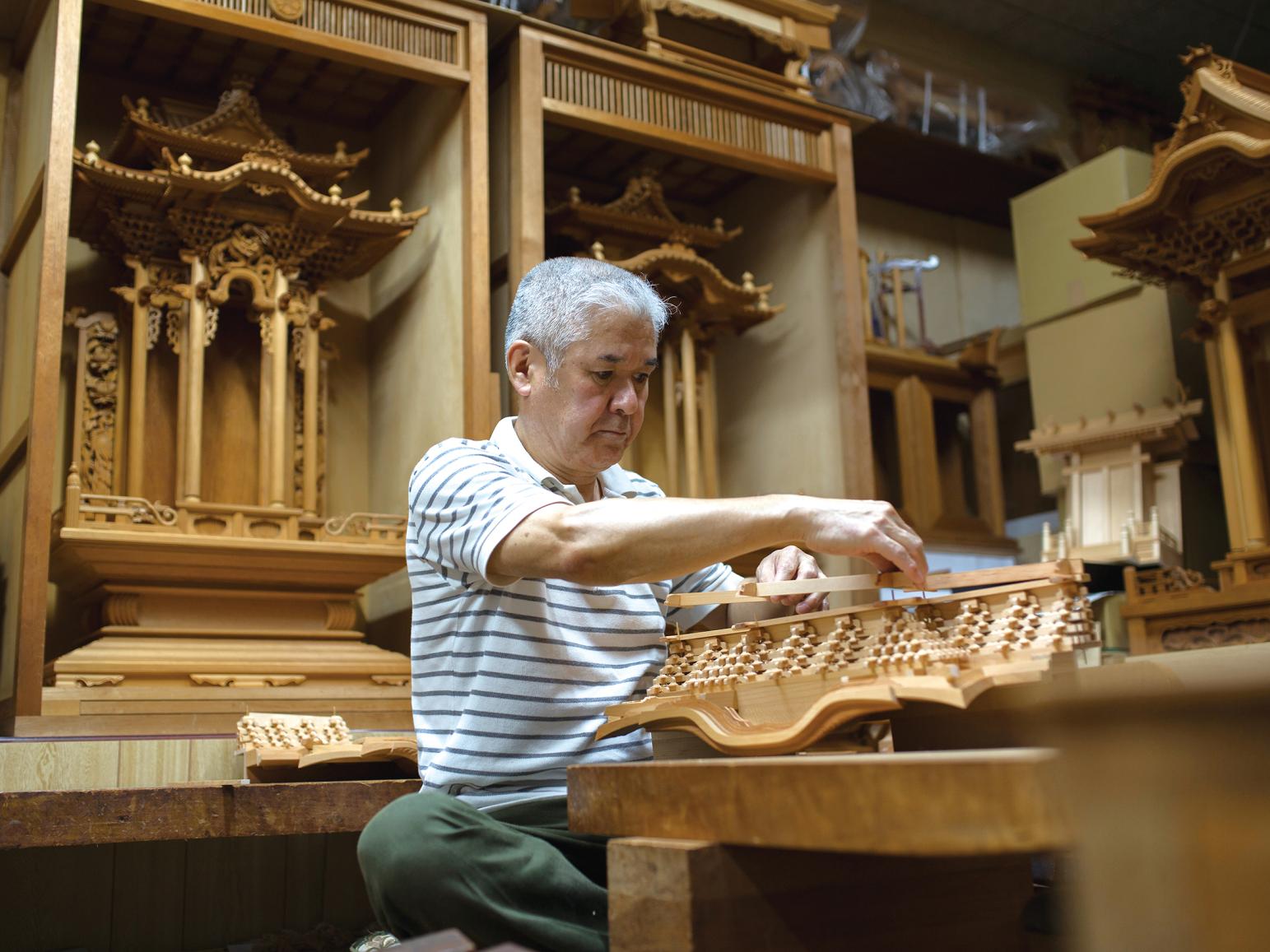
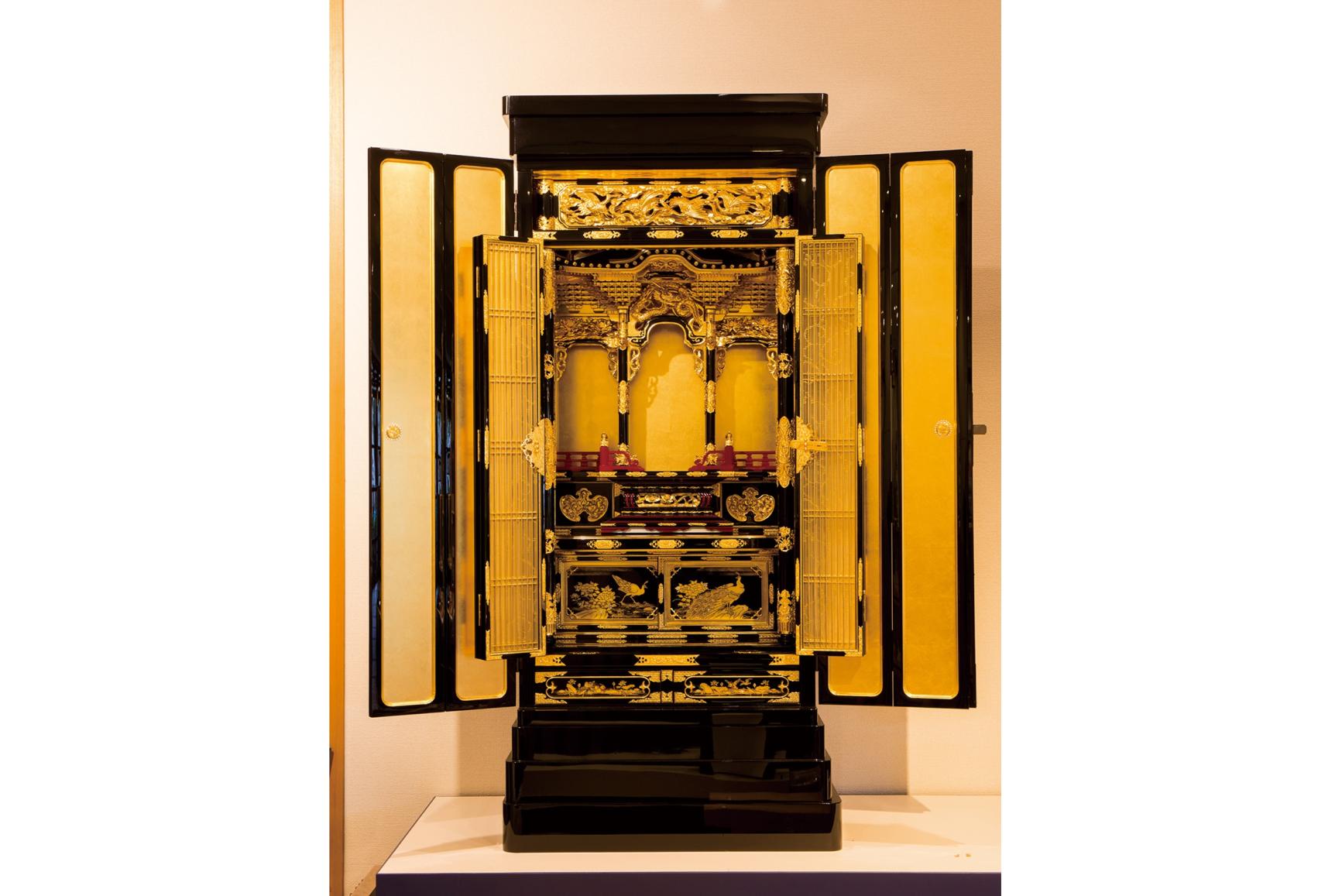
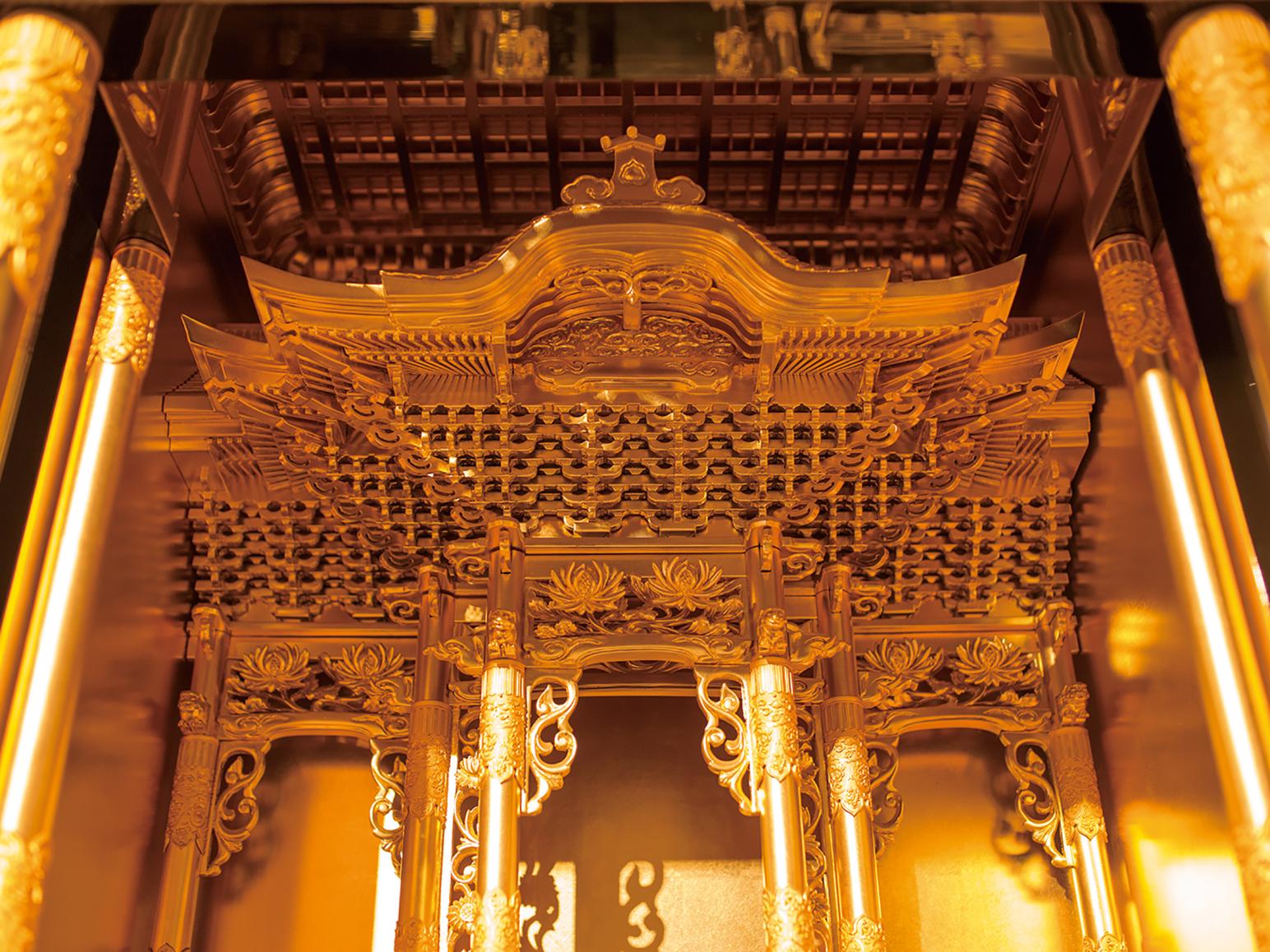
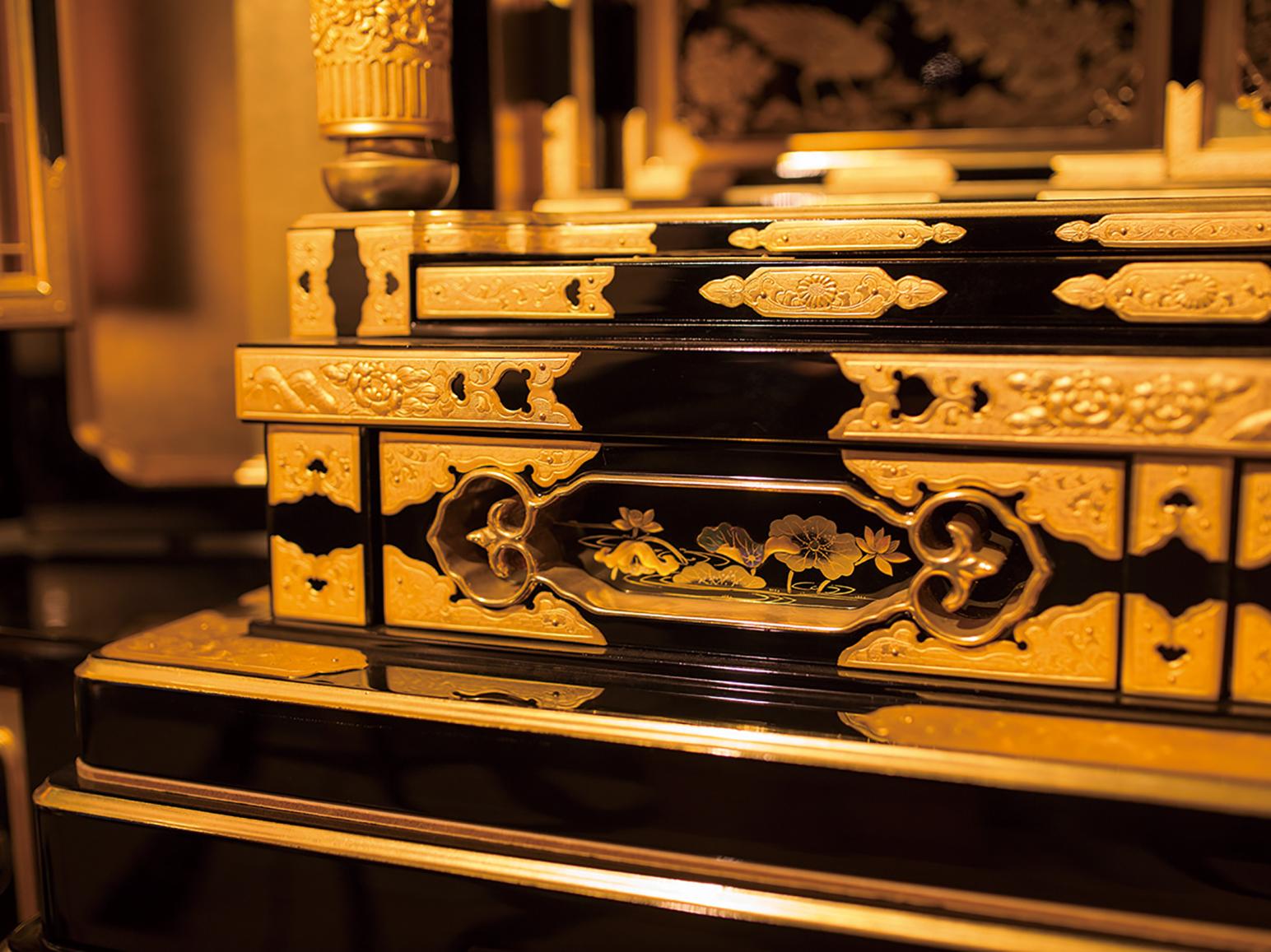
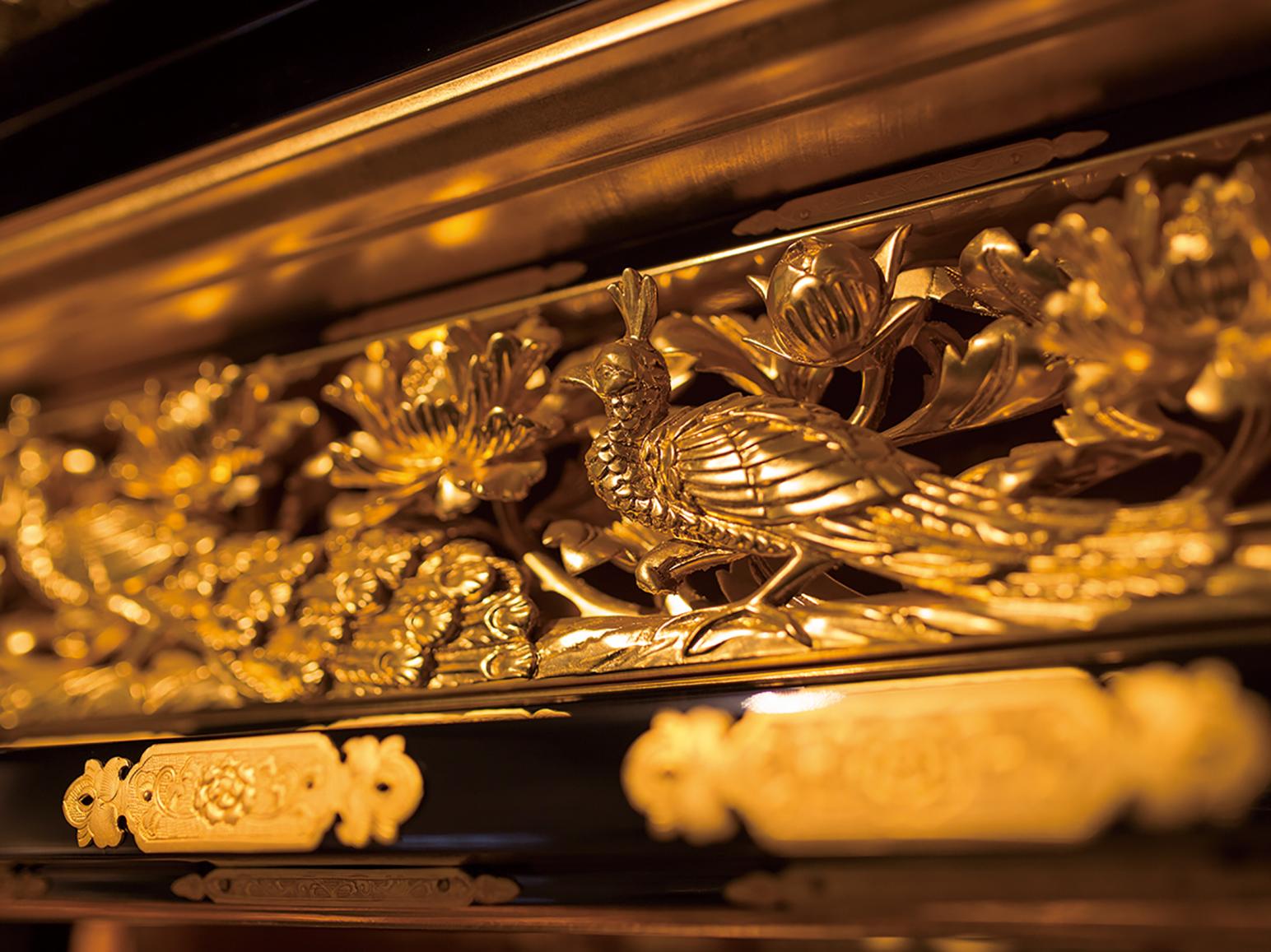
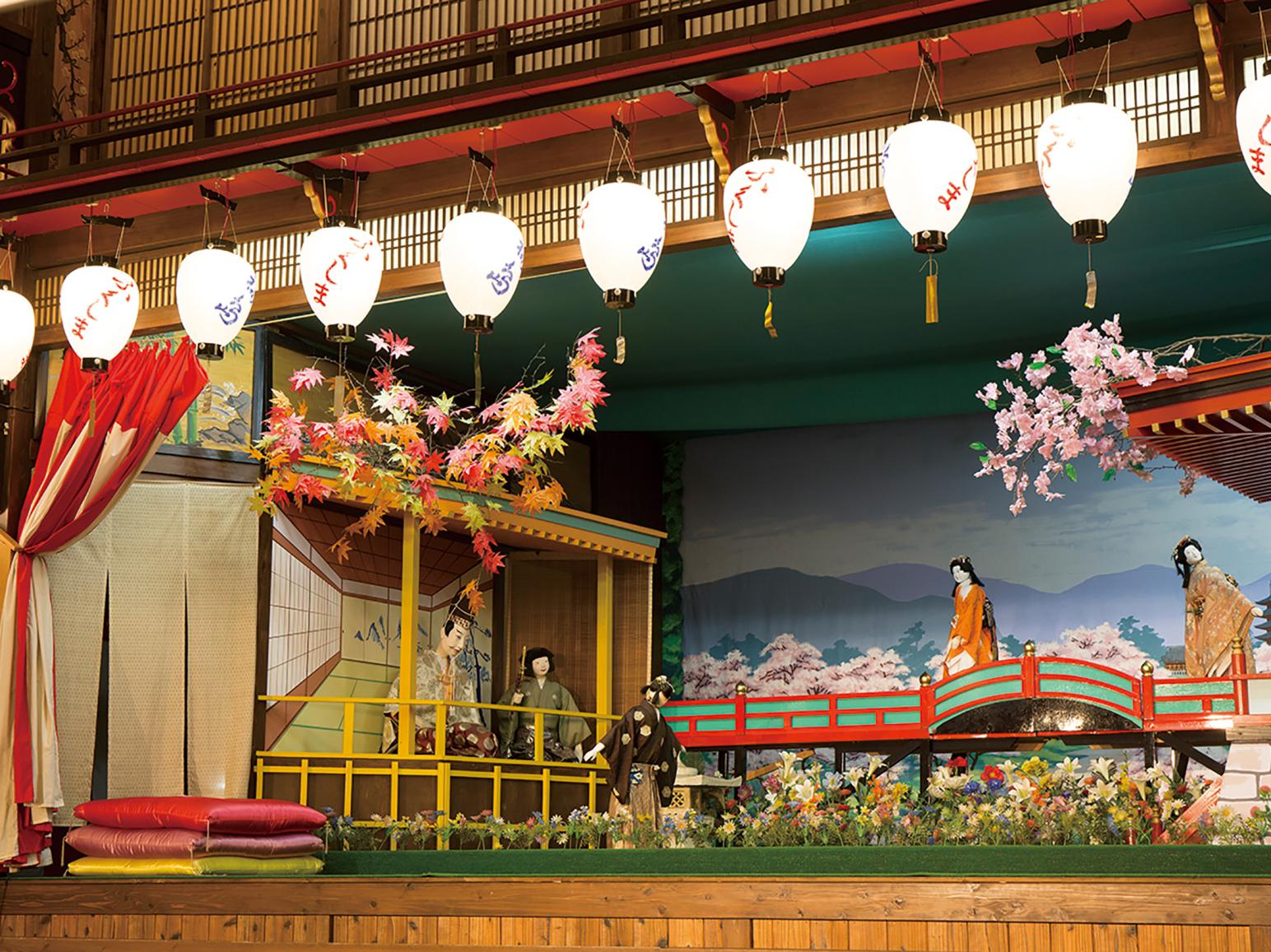
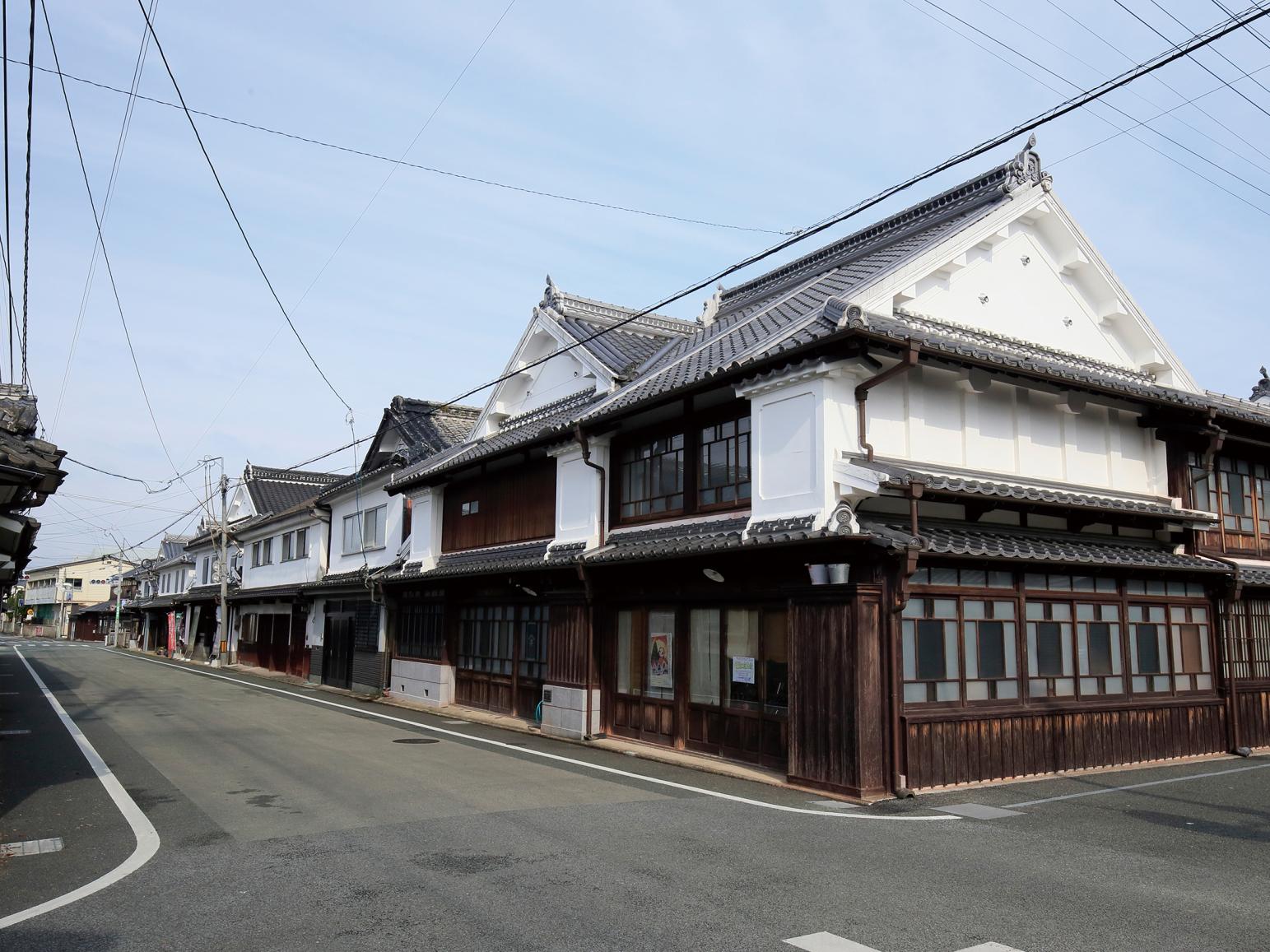
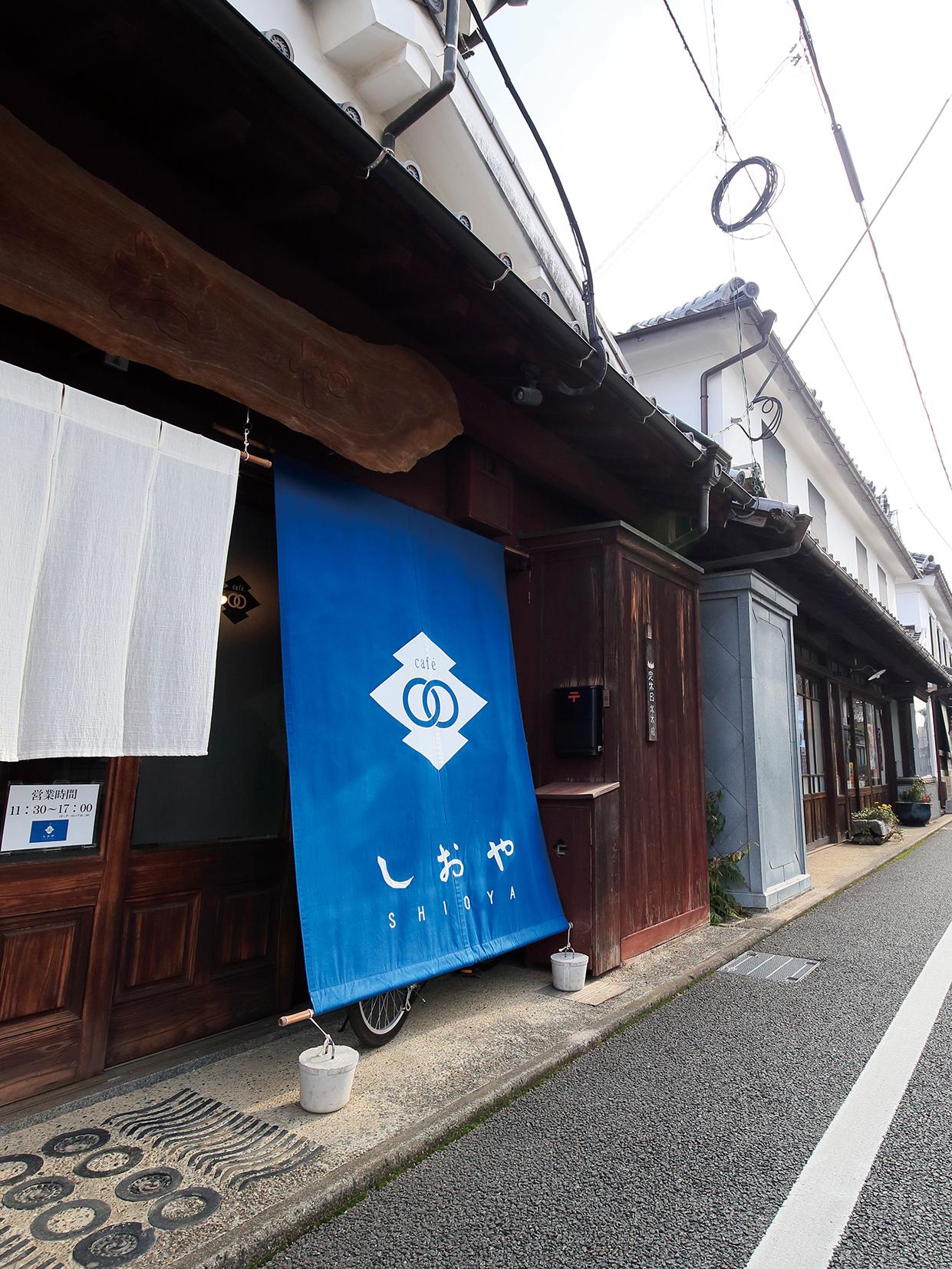
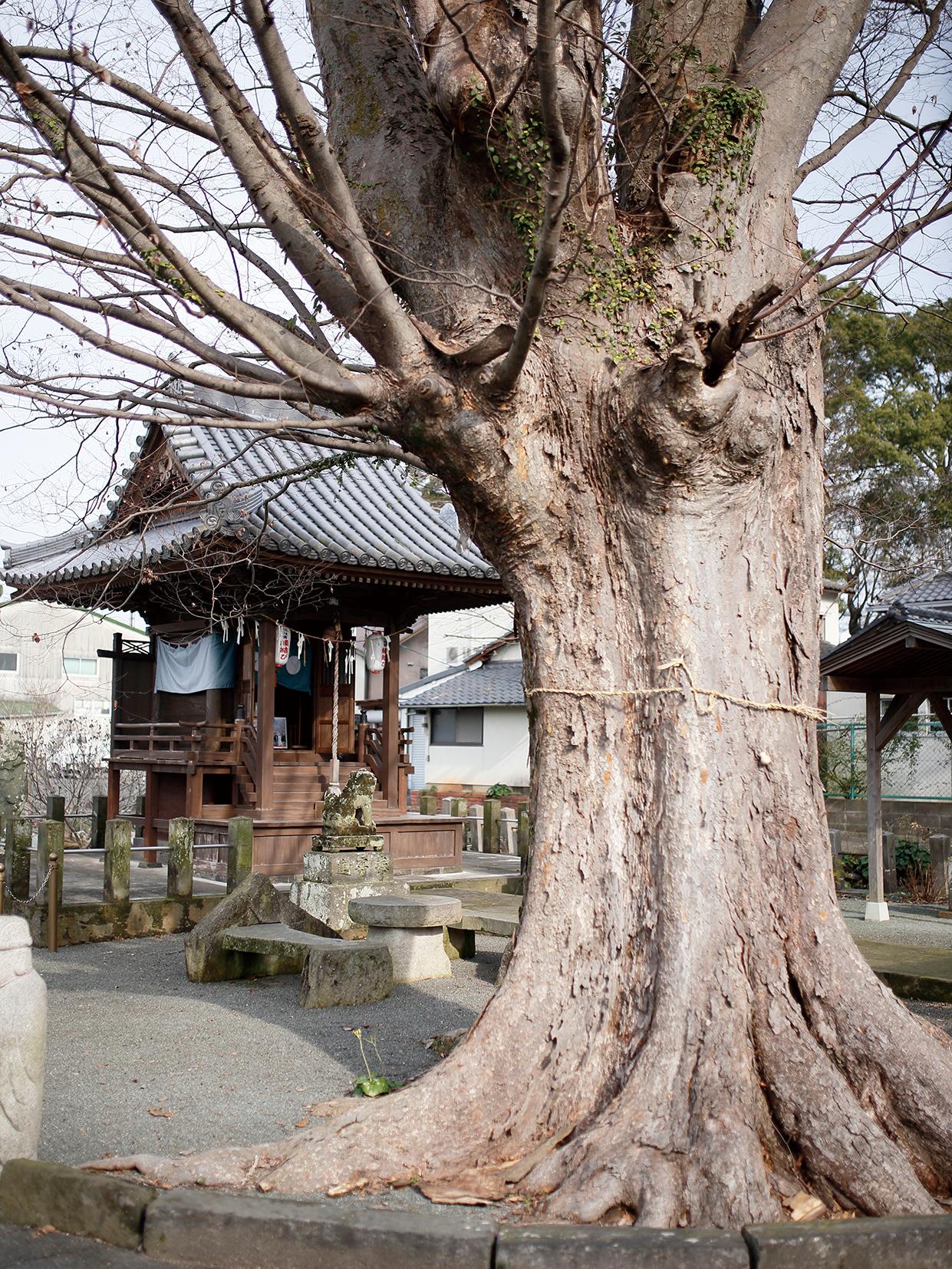
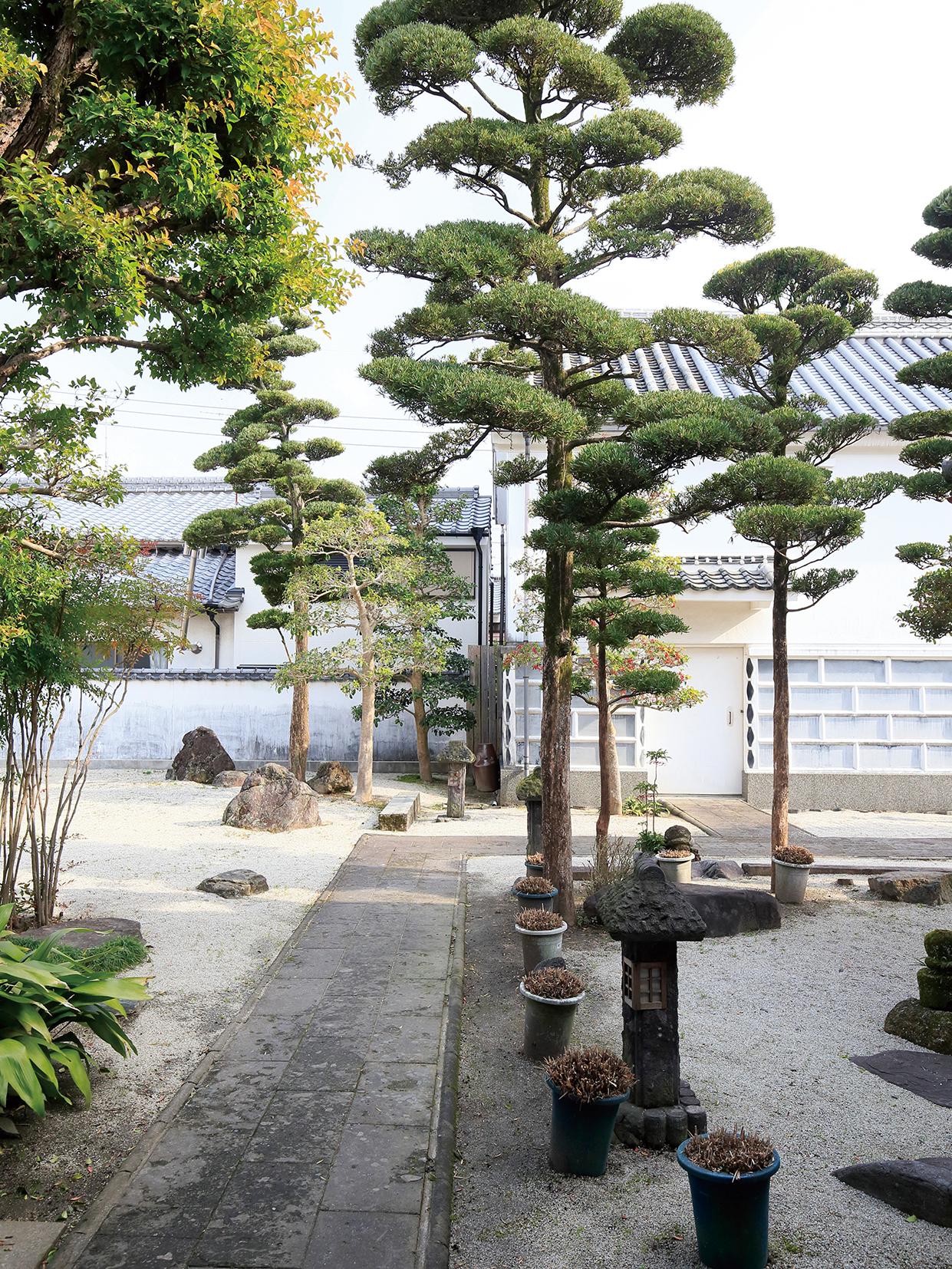
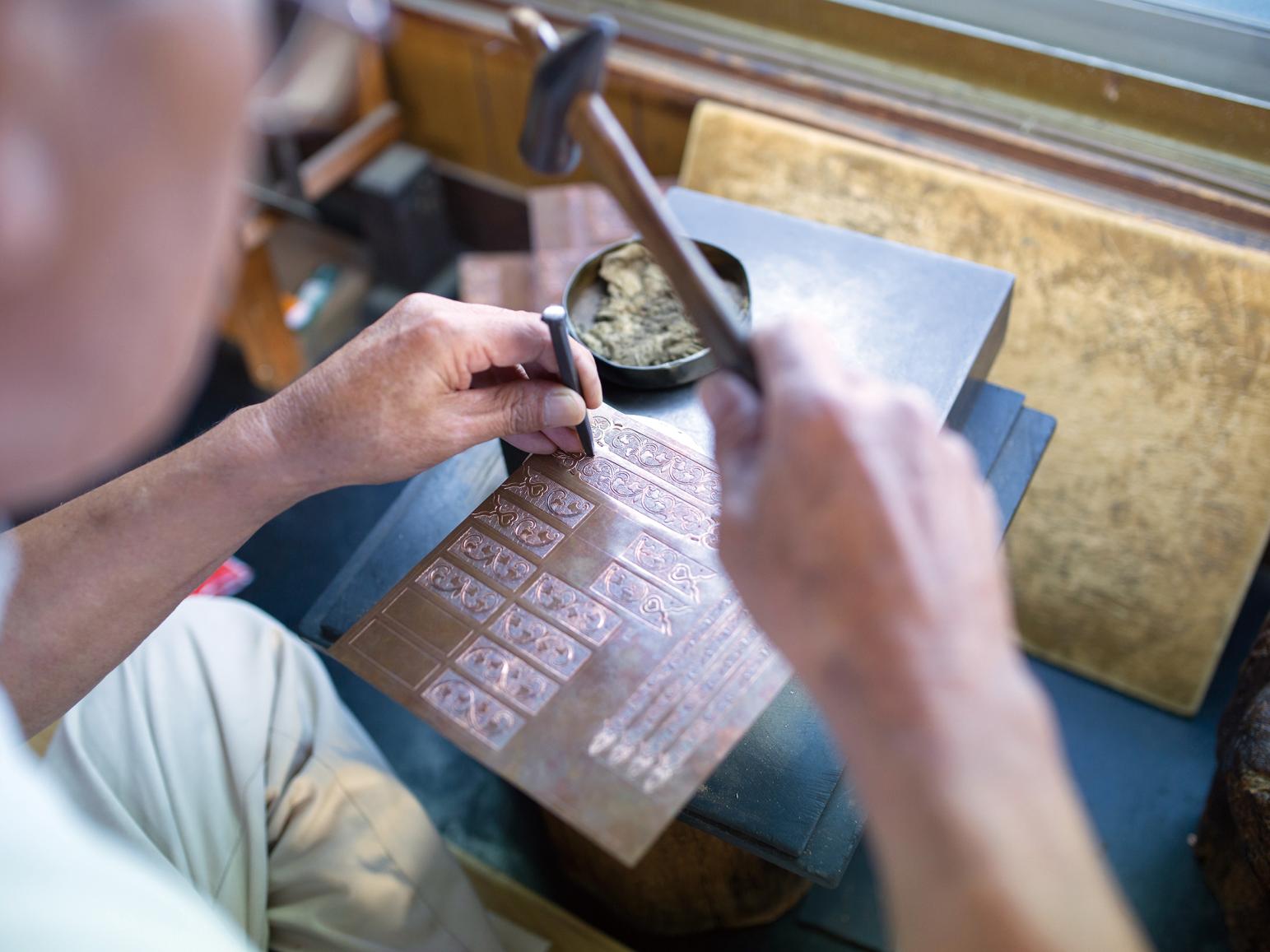
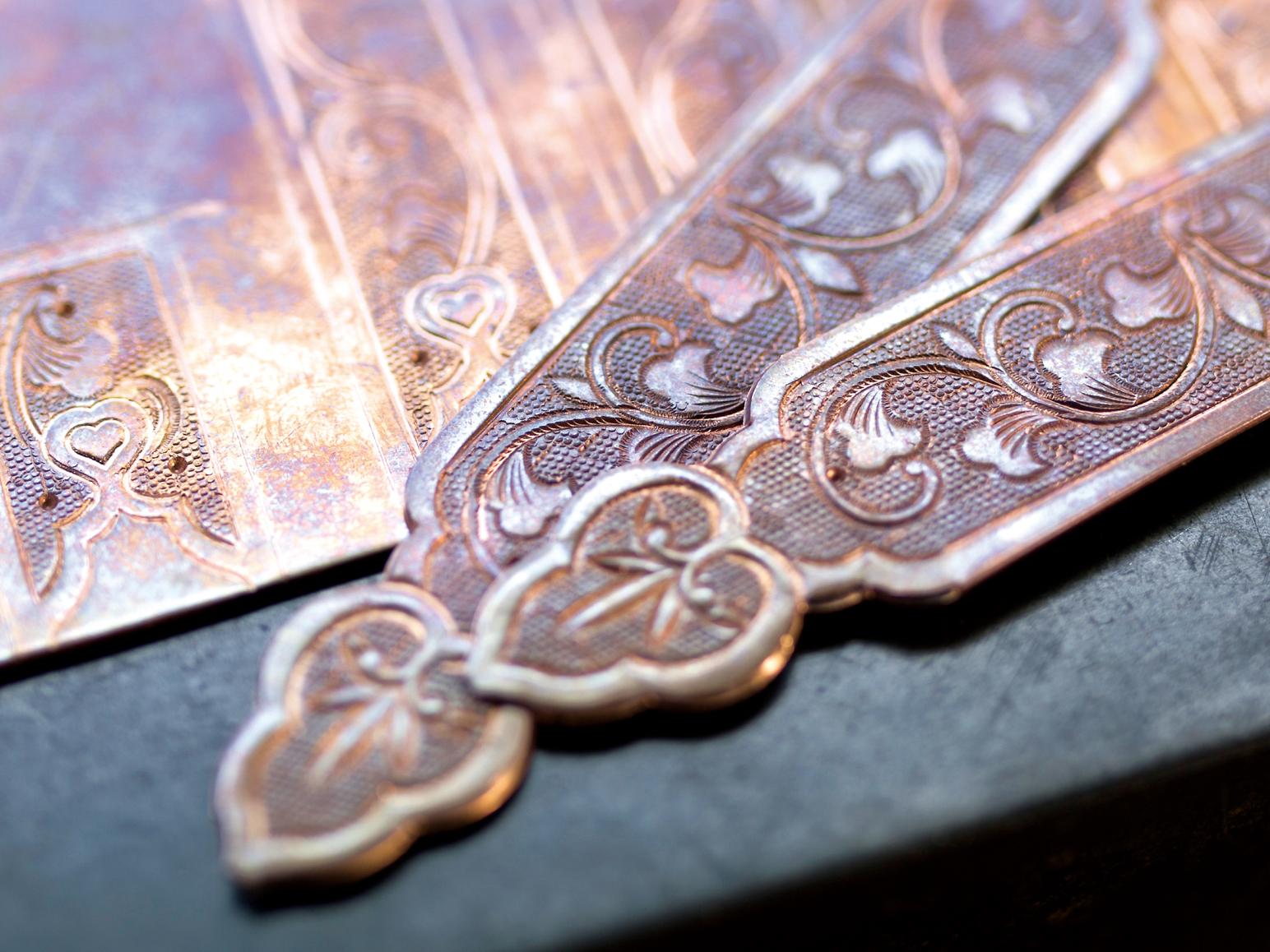
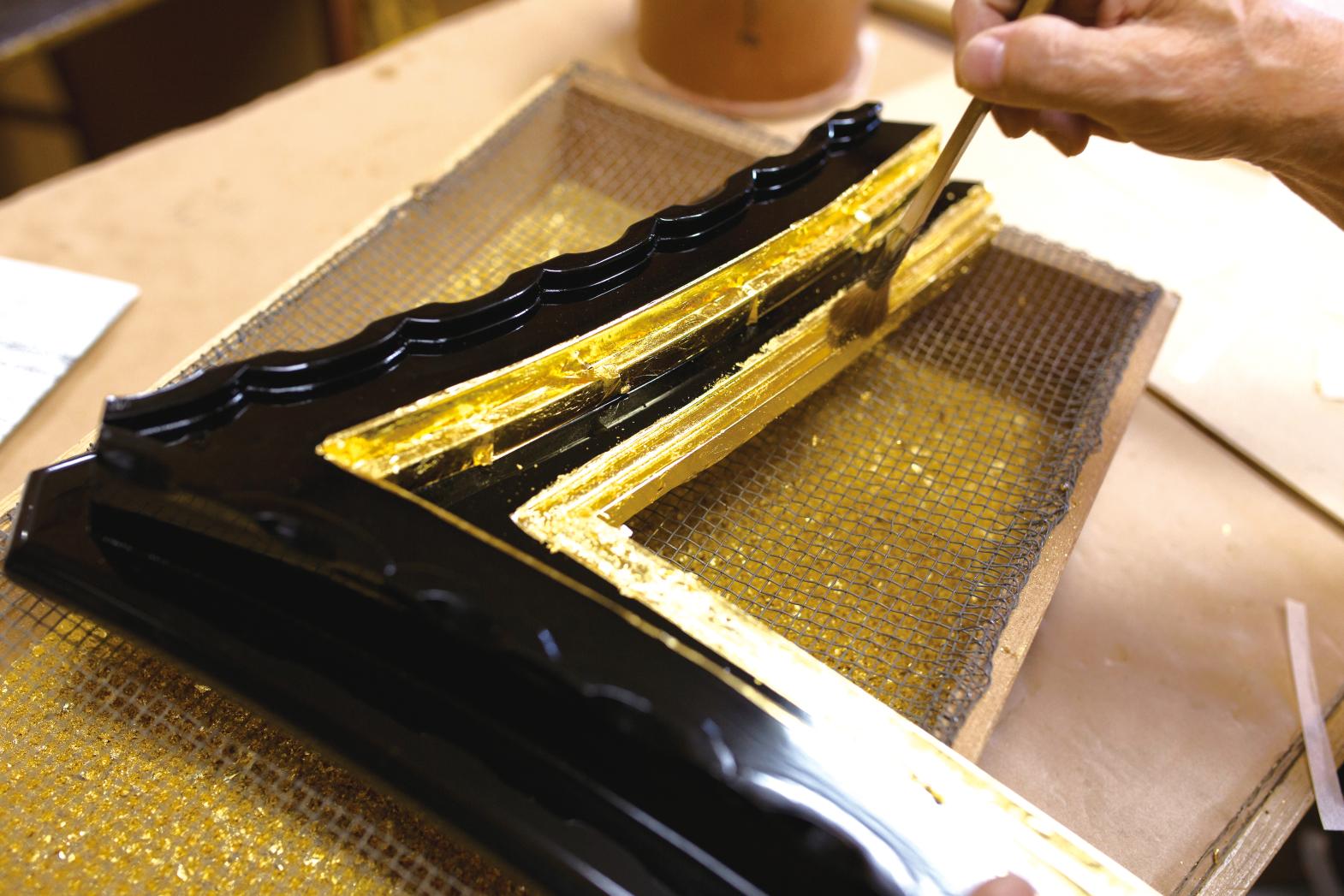
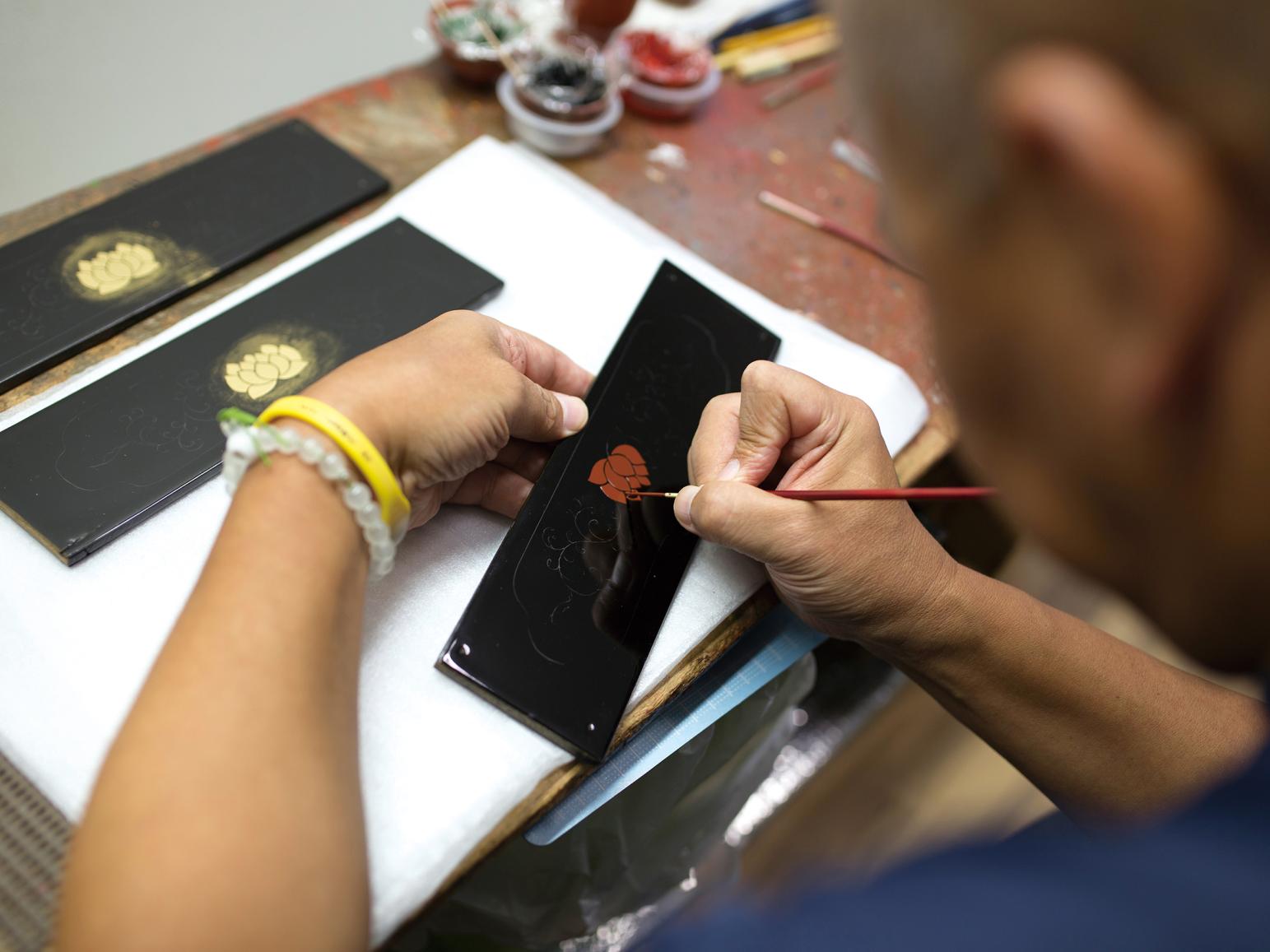
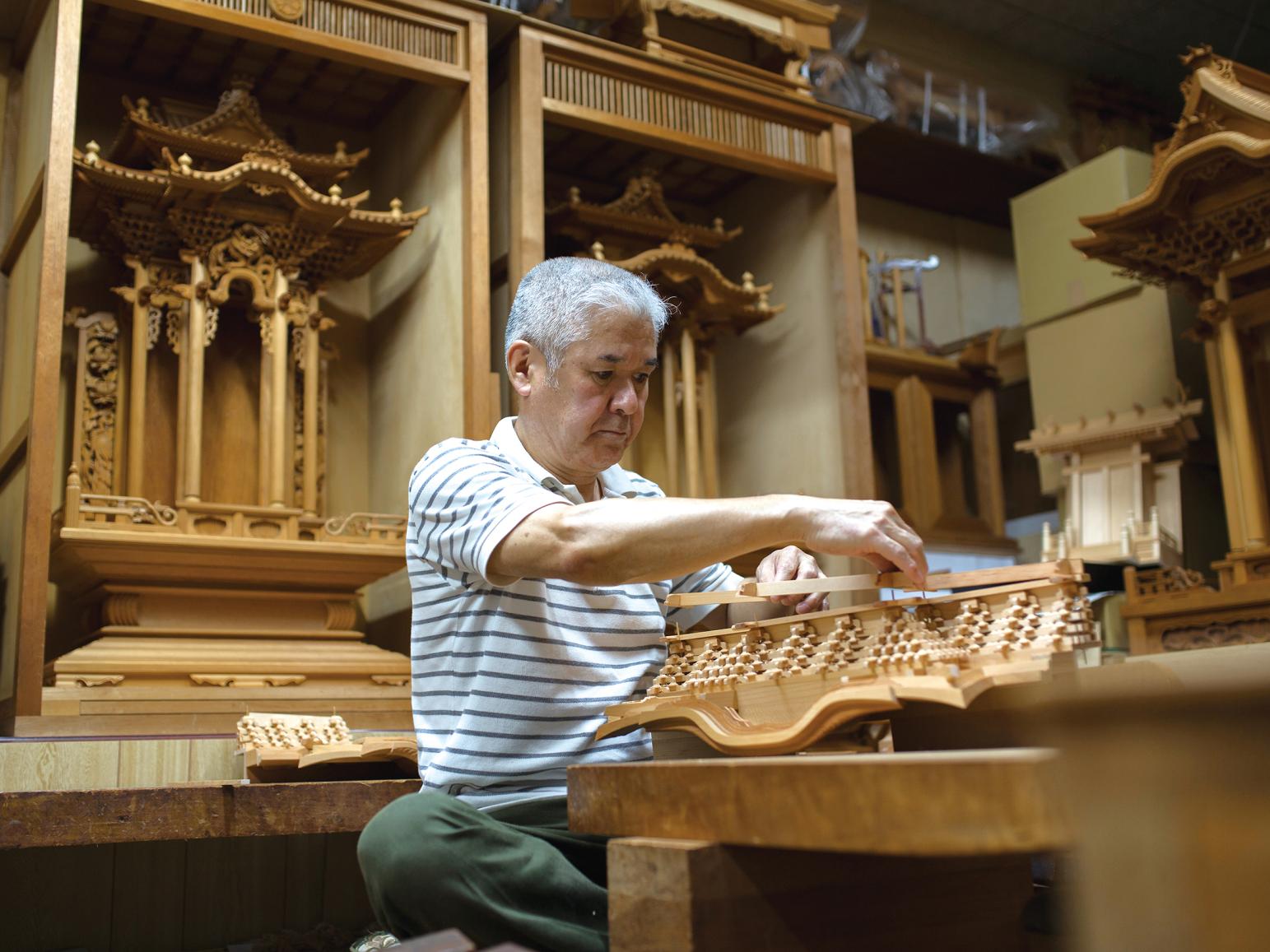
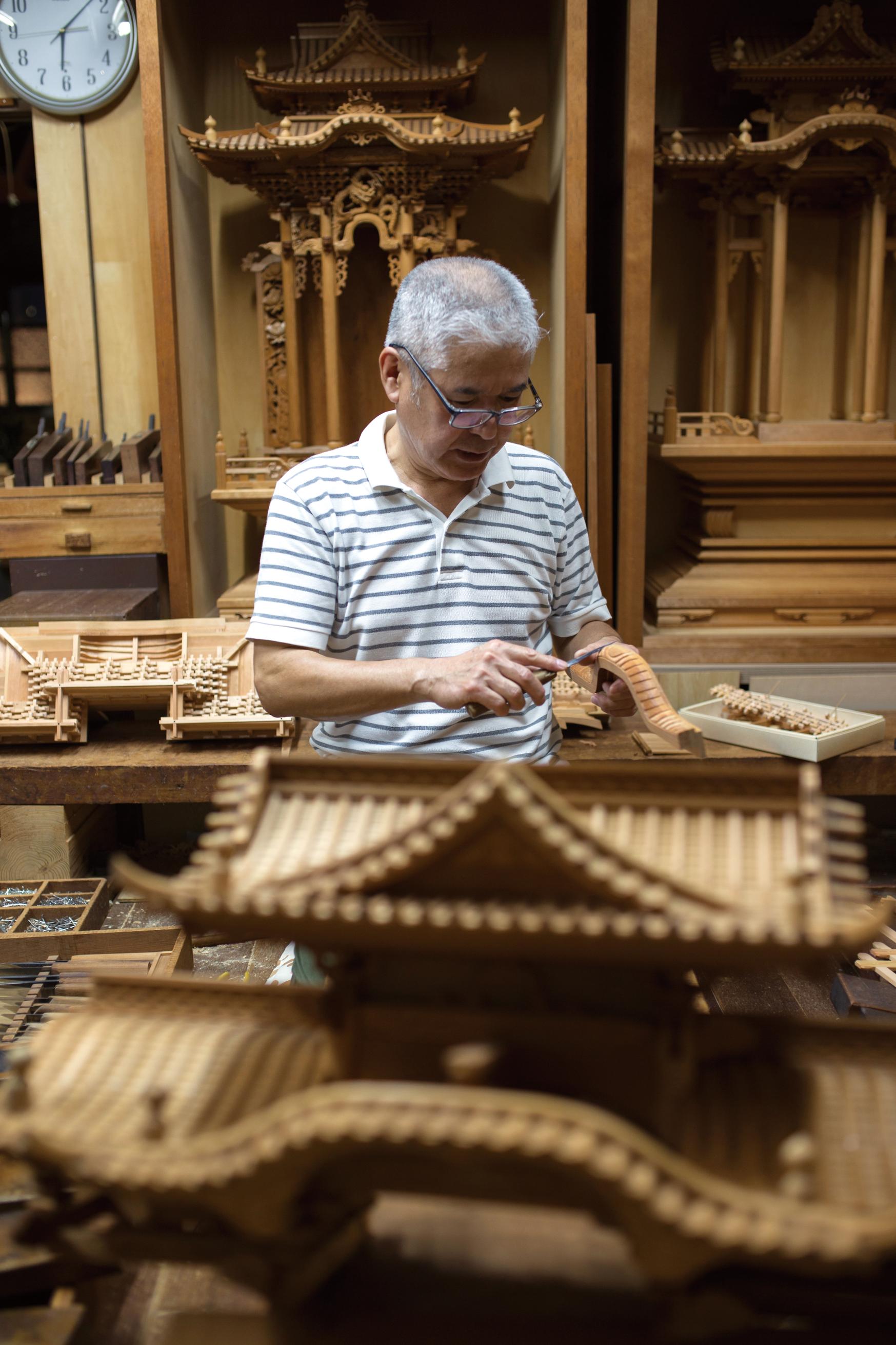
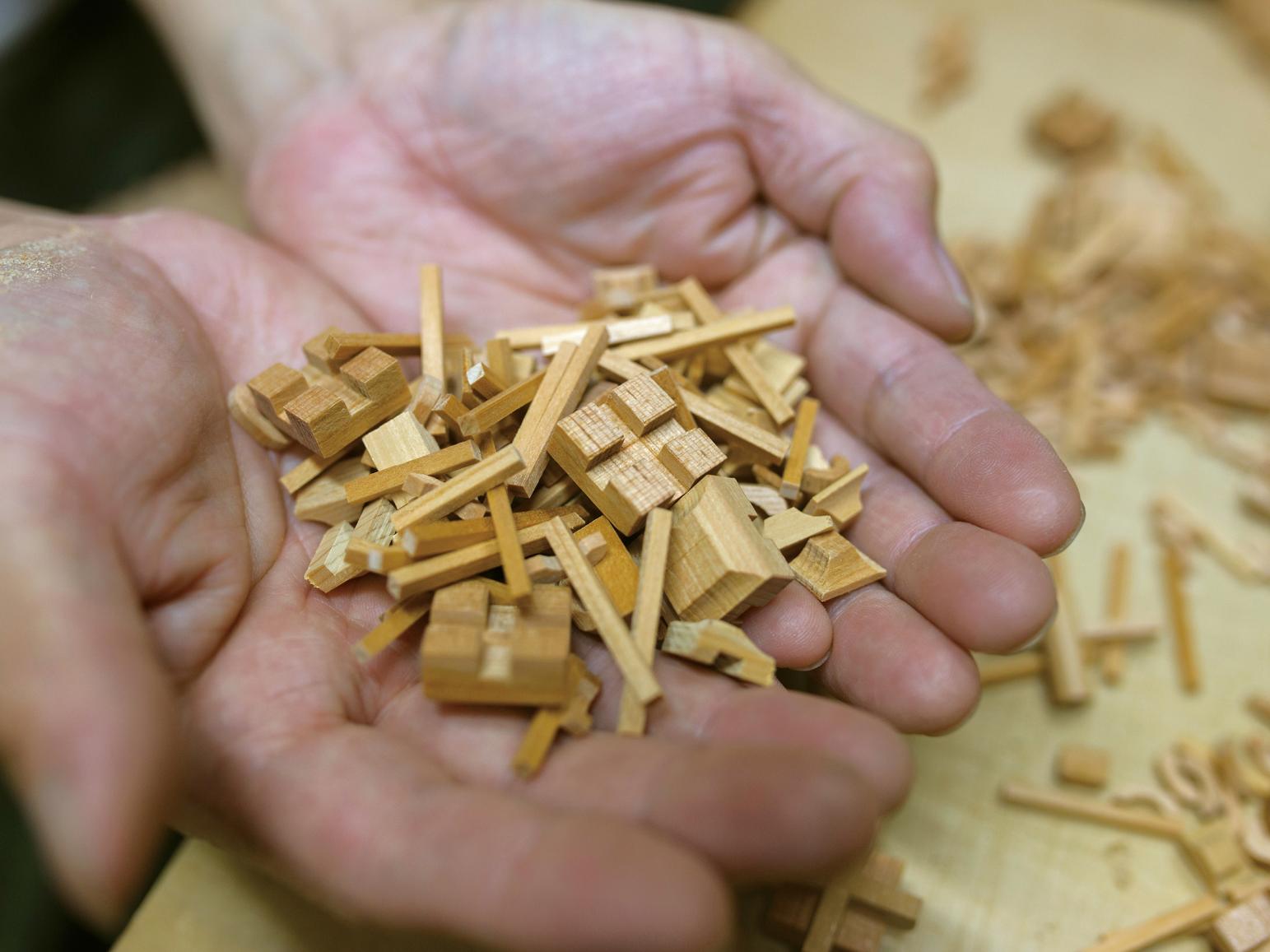
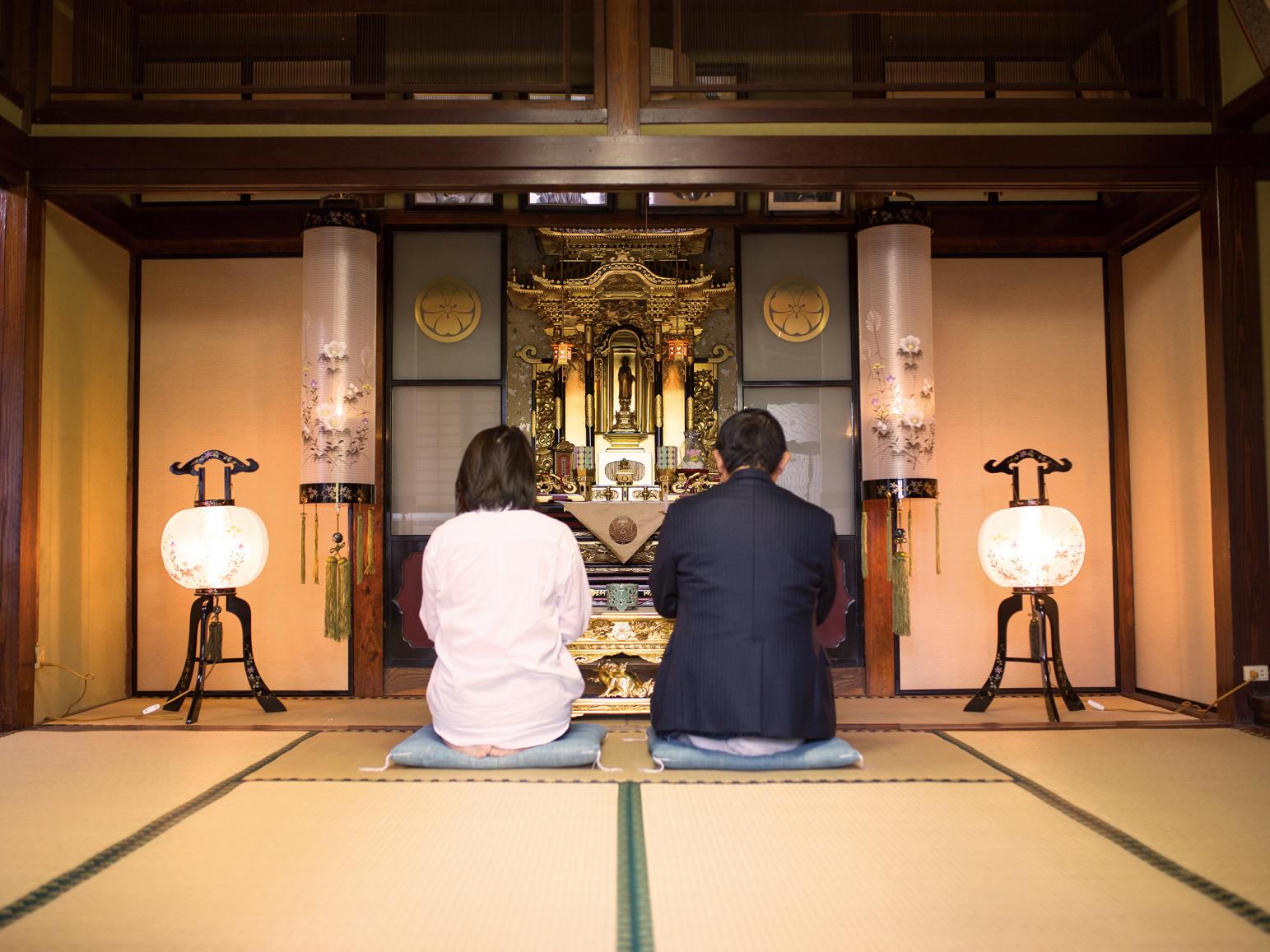
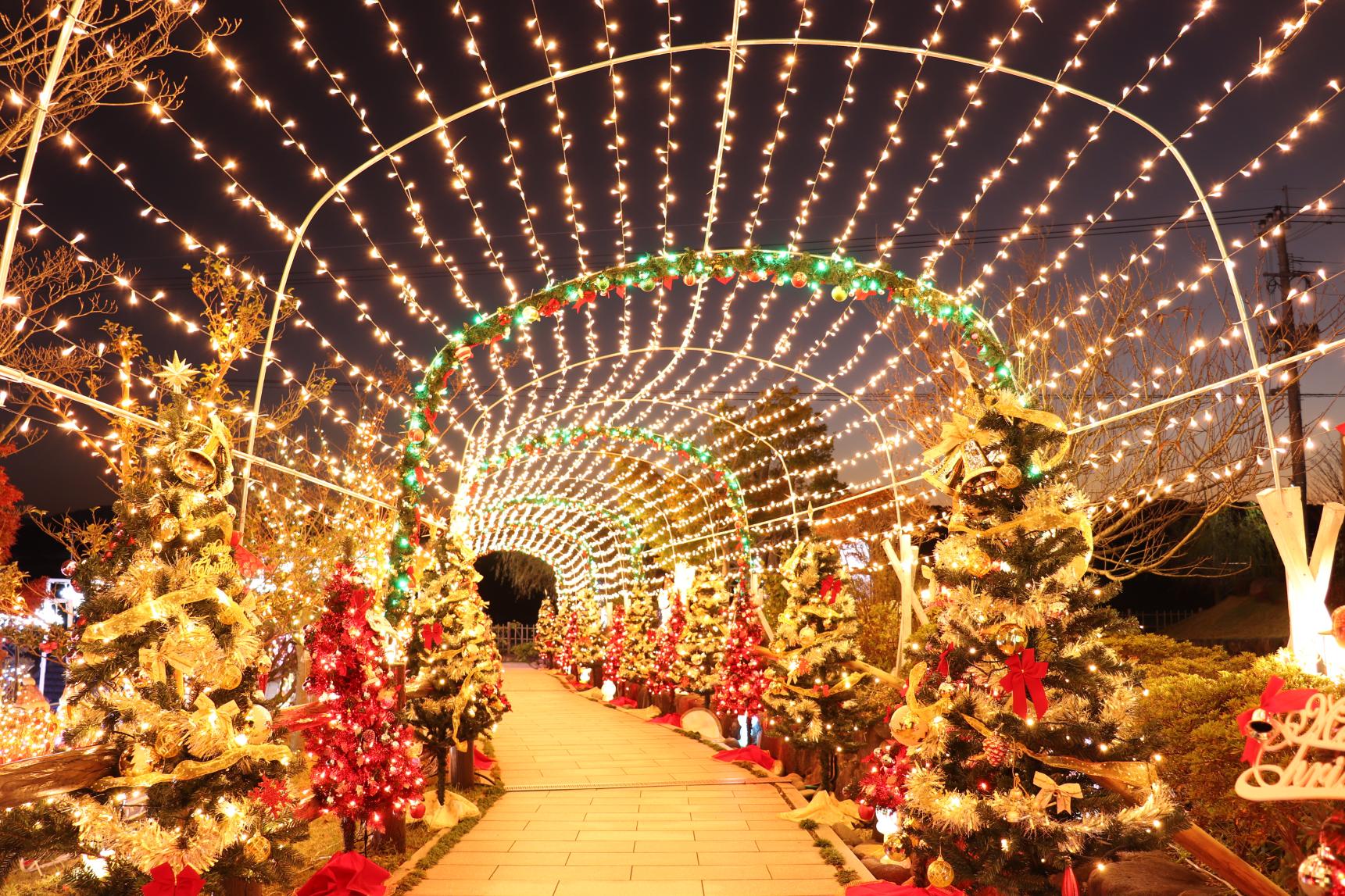
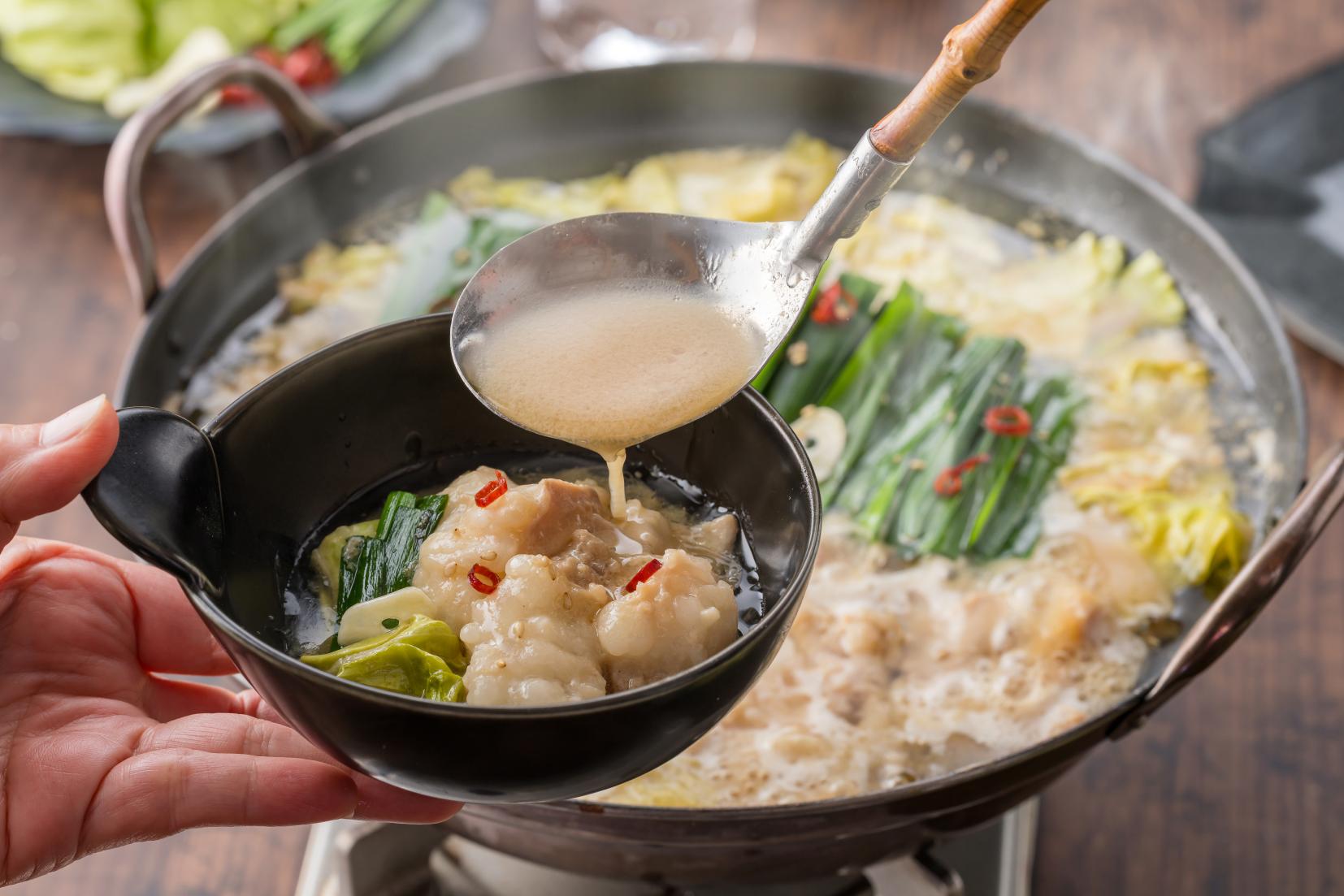

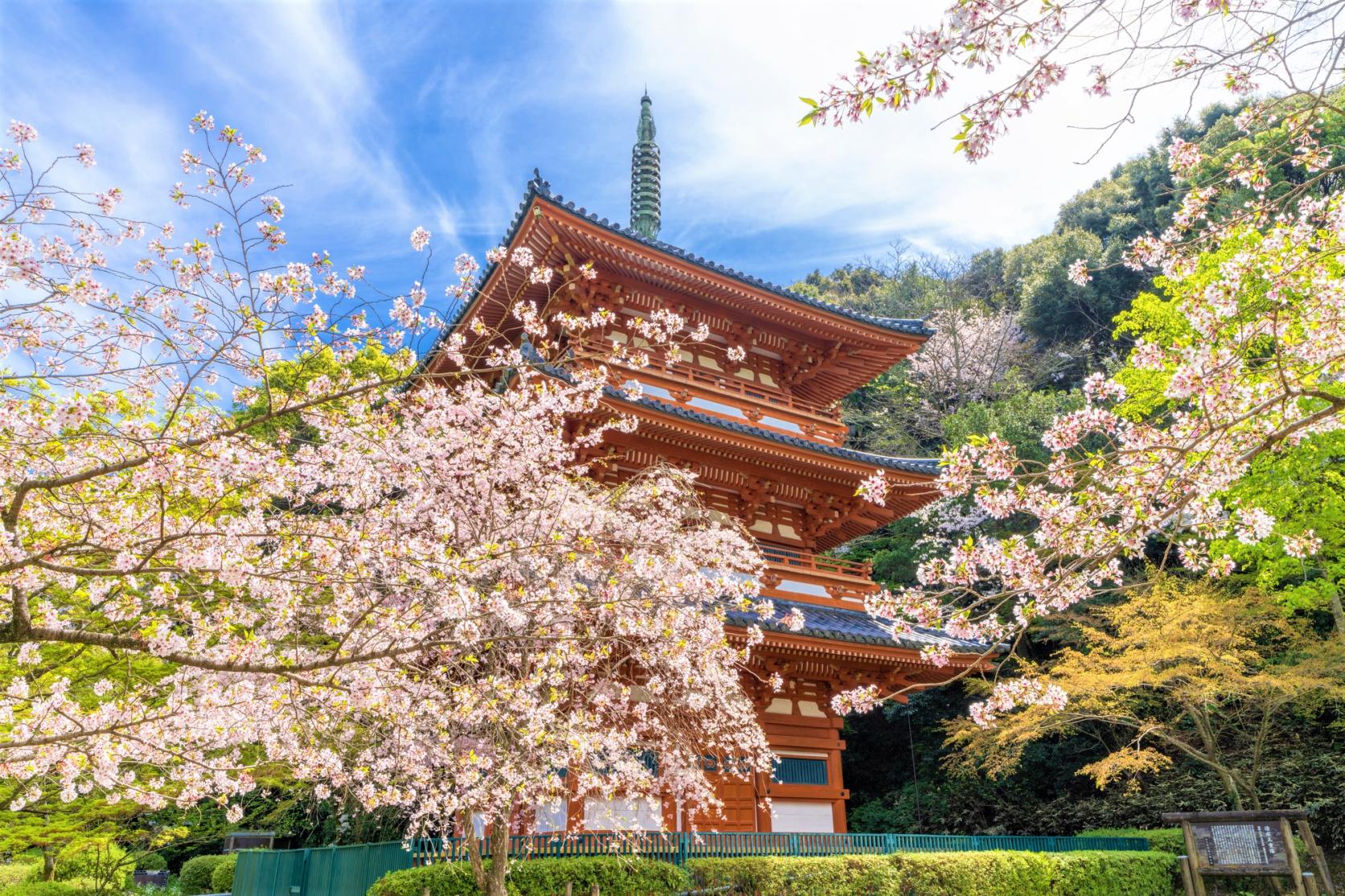
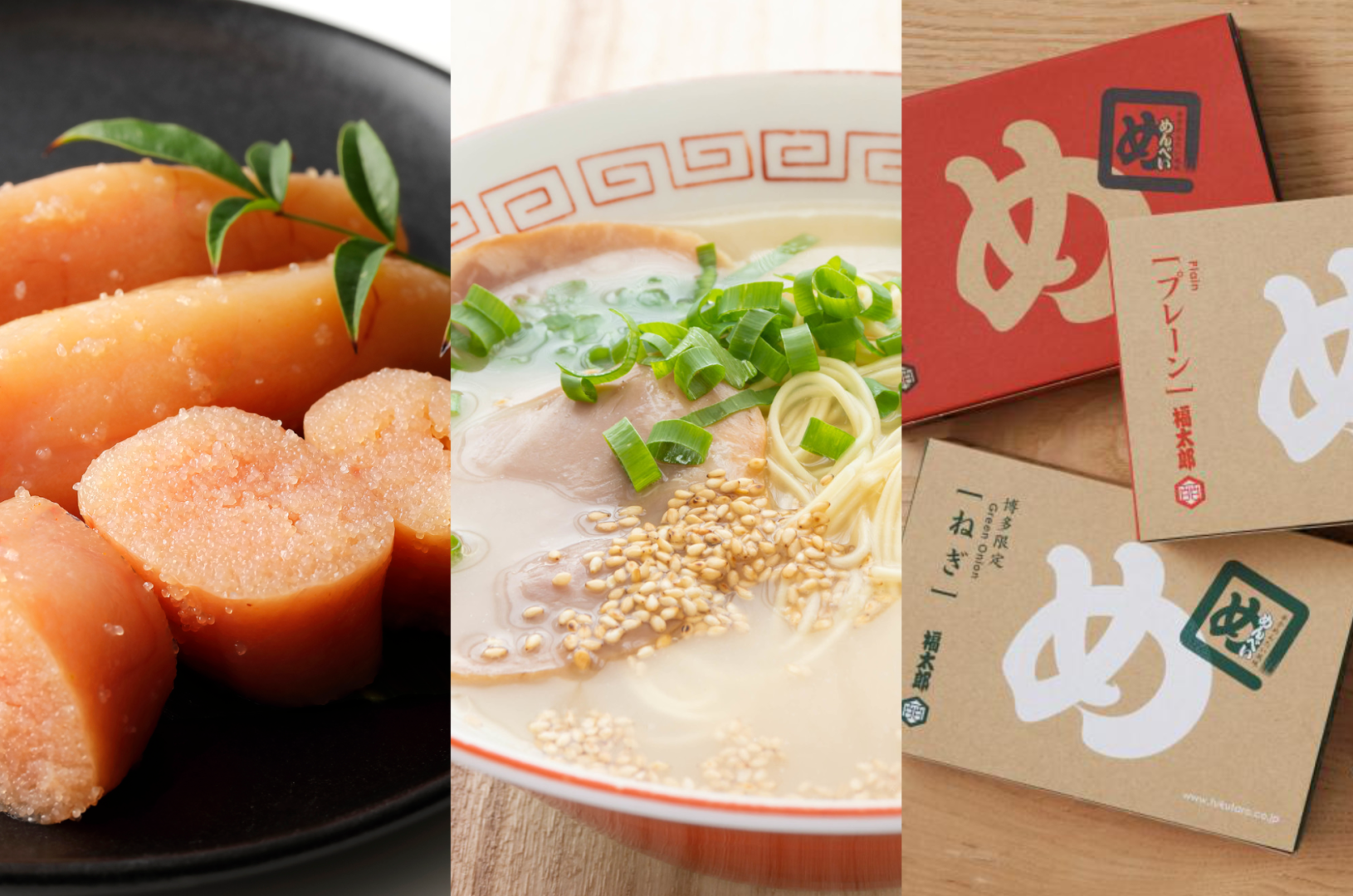
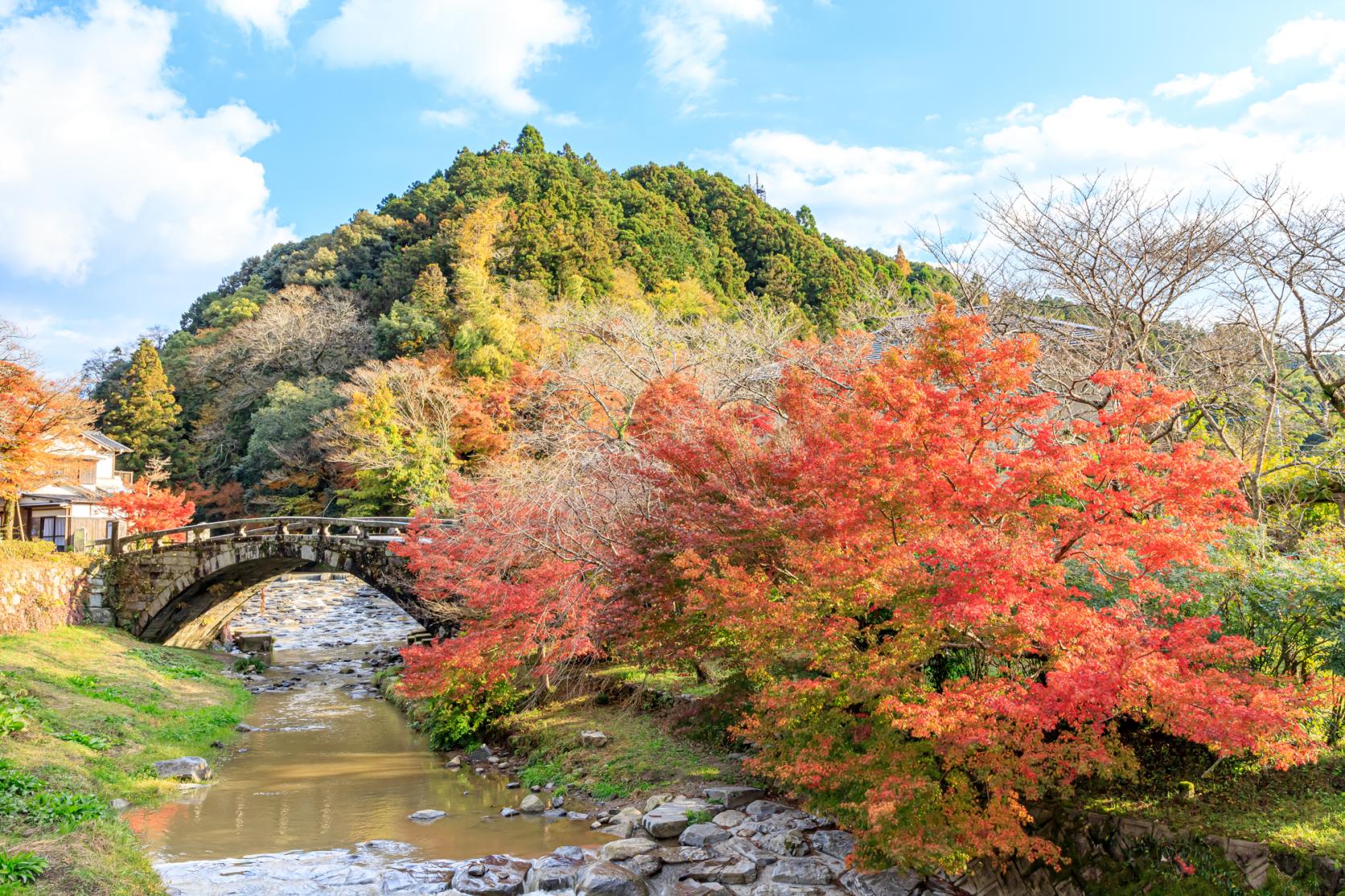

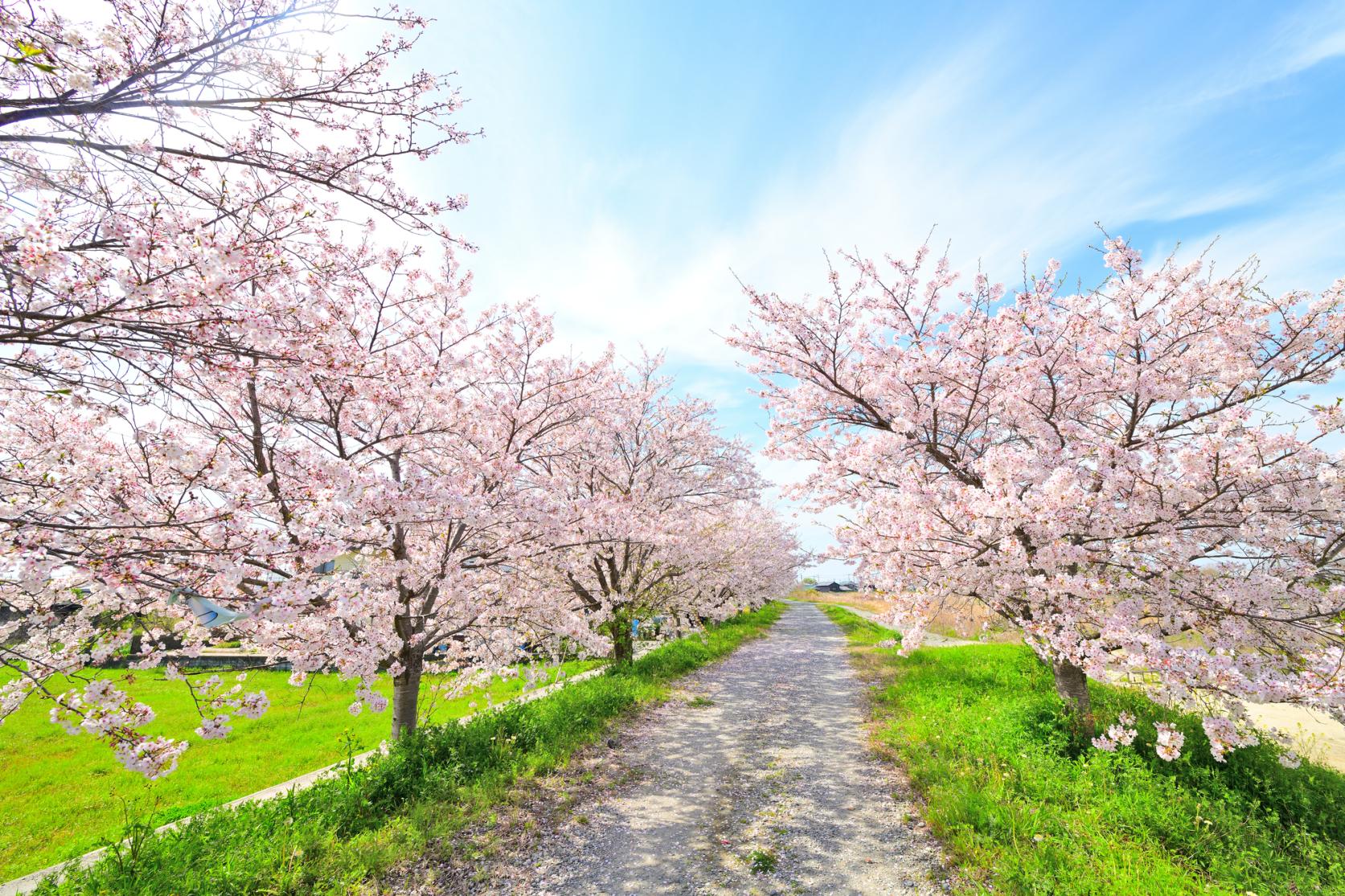
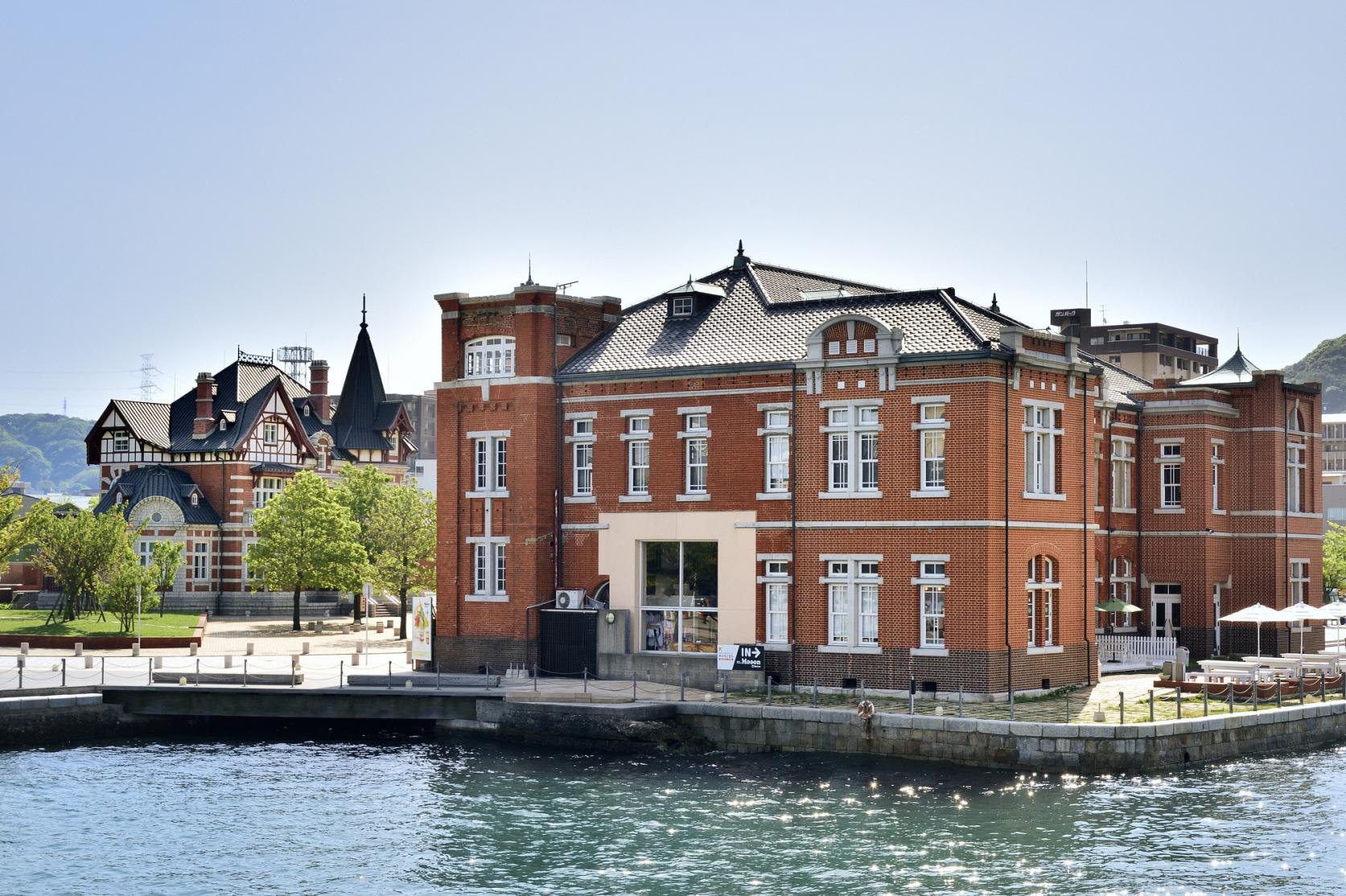
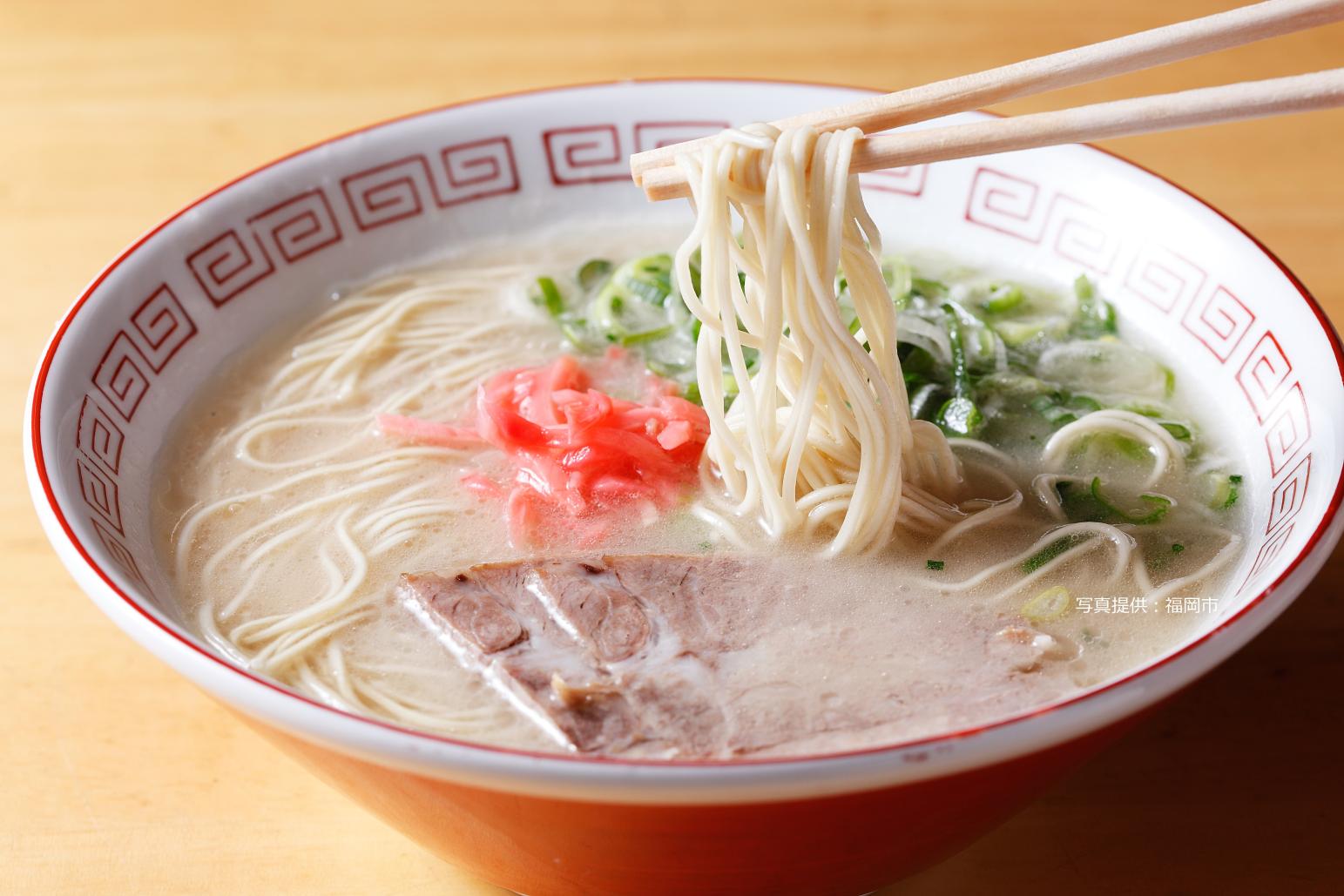
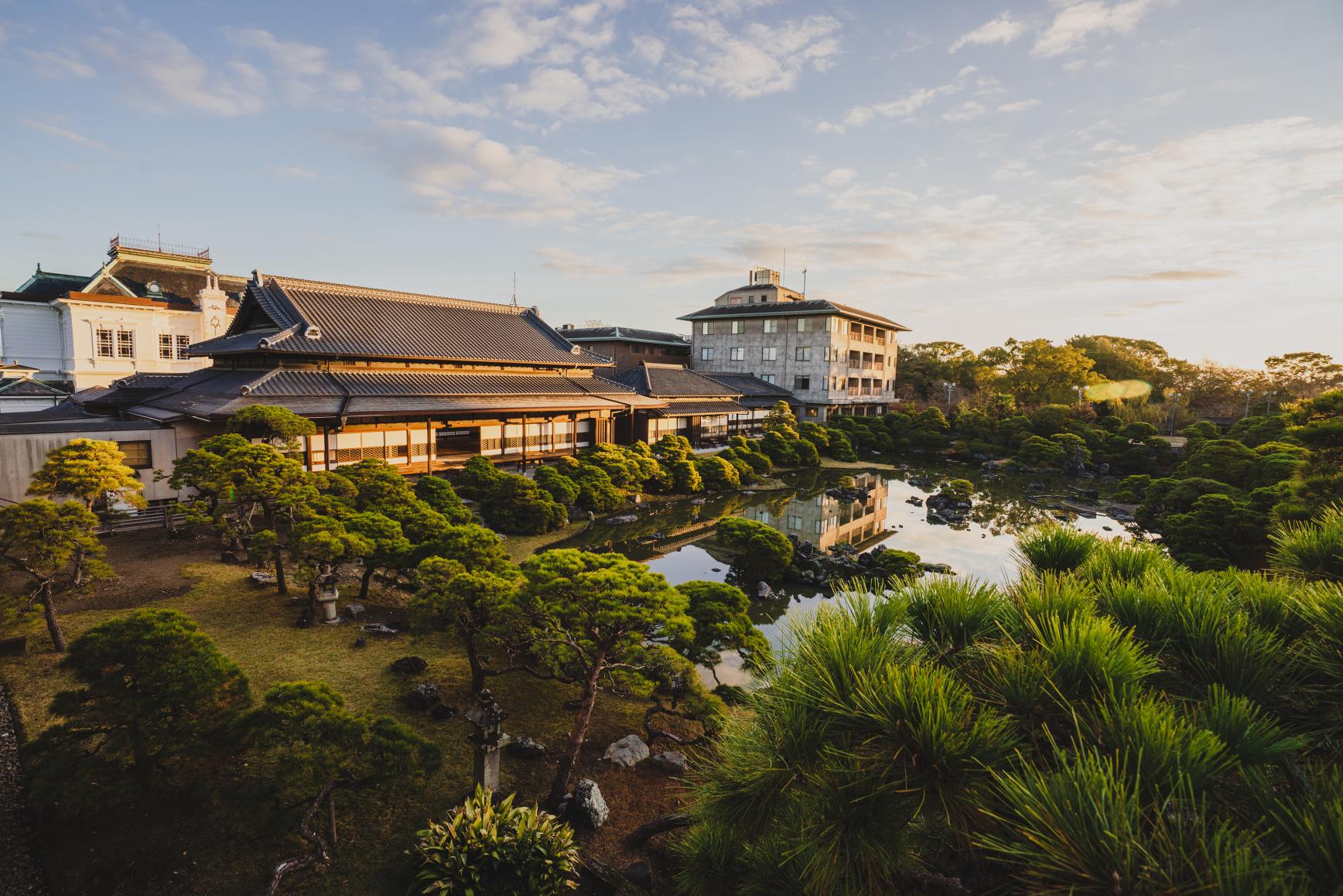
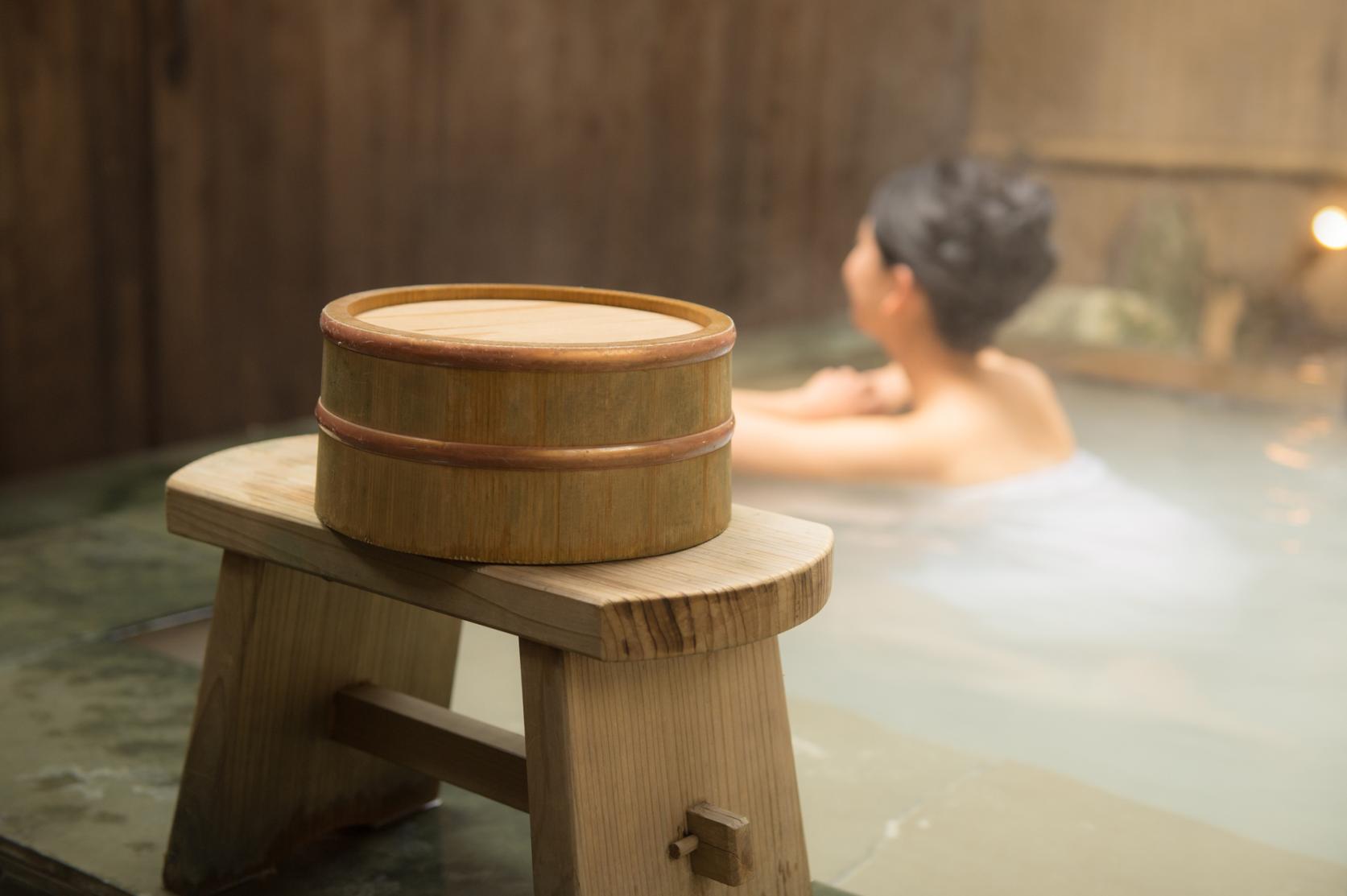
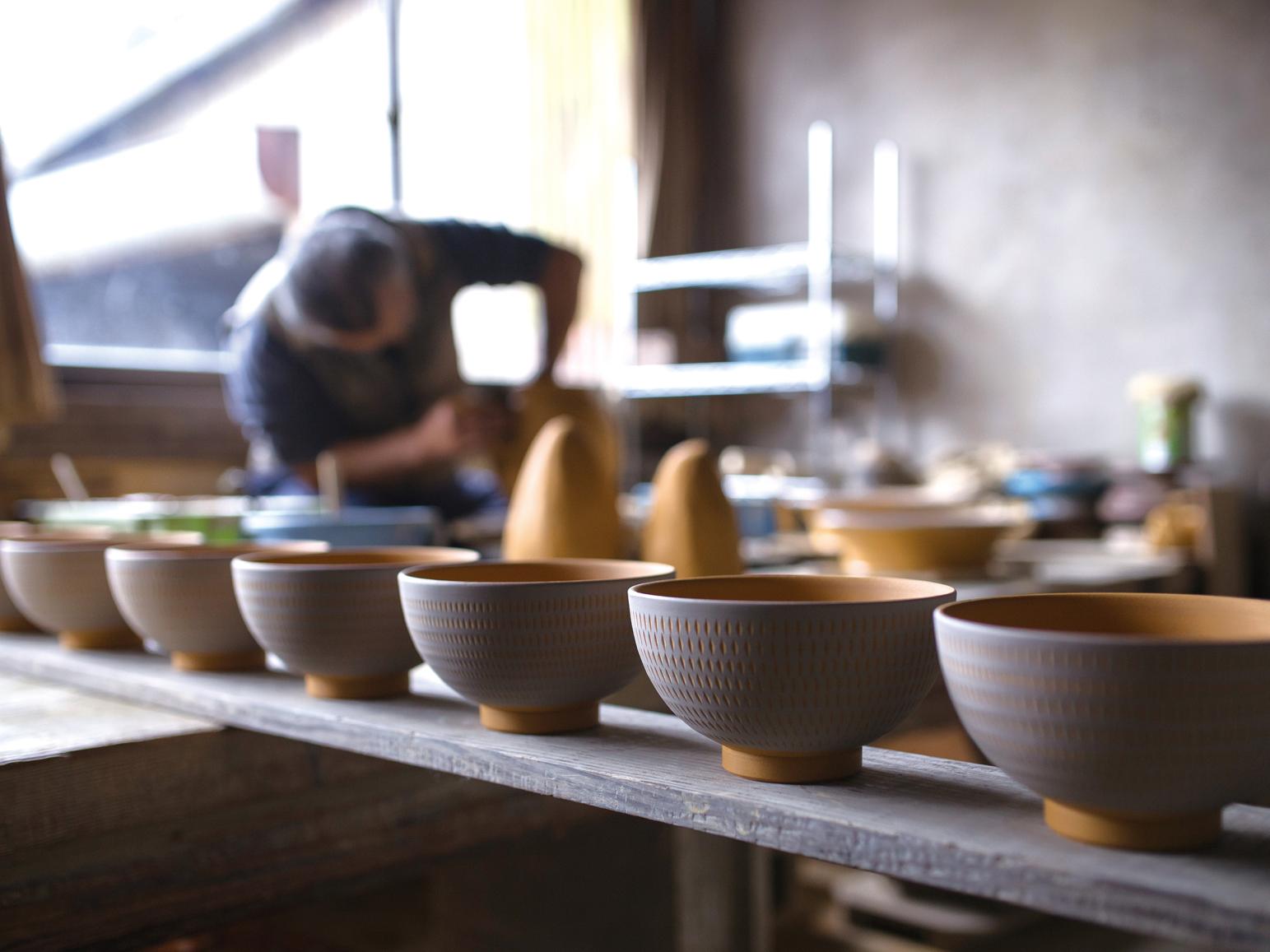
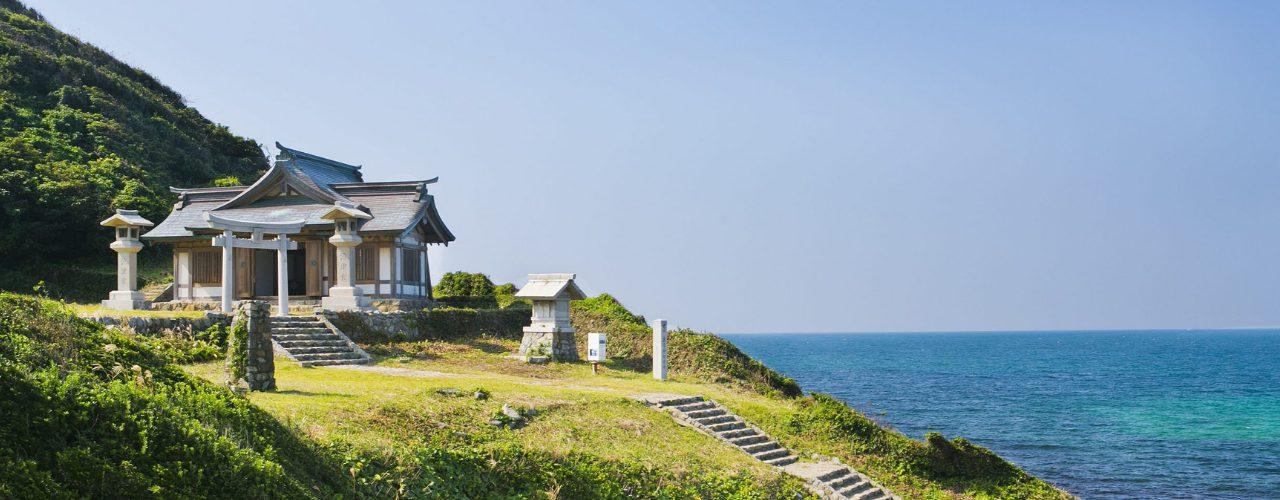
![[2025] Strawberry Picking Spots in Fukuoka-1](https://www.crossroadfukuoka.jp/storage/special_features/49/responsive_images/9ZHgrqvQdpH8tM4IRF54DXu0aPBF3YGGkj5WOTGc__1673_1115.jpg)
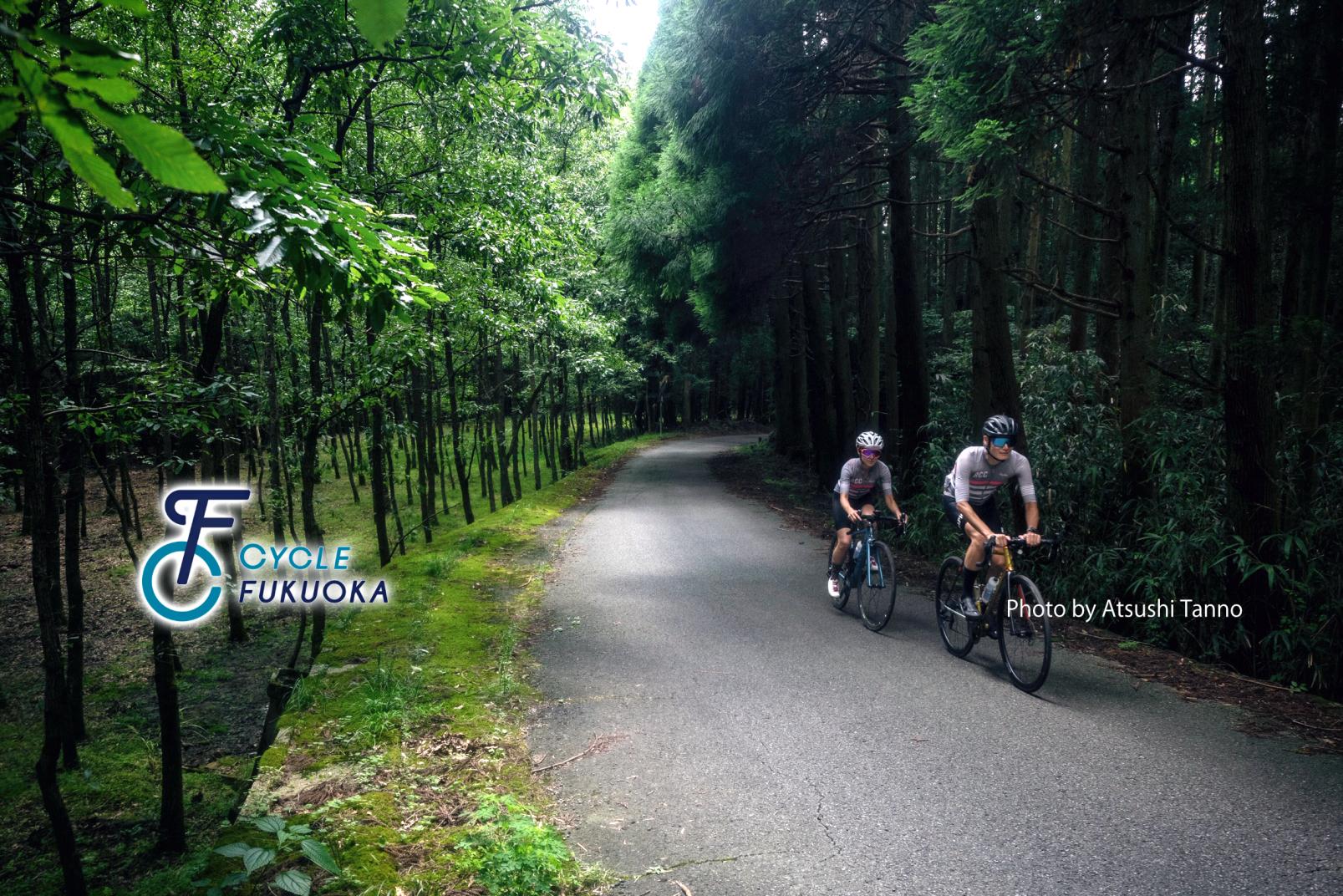
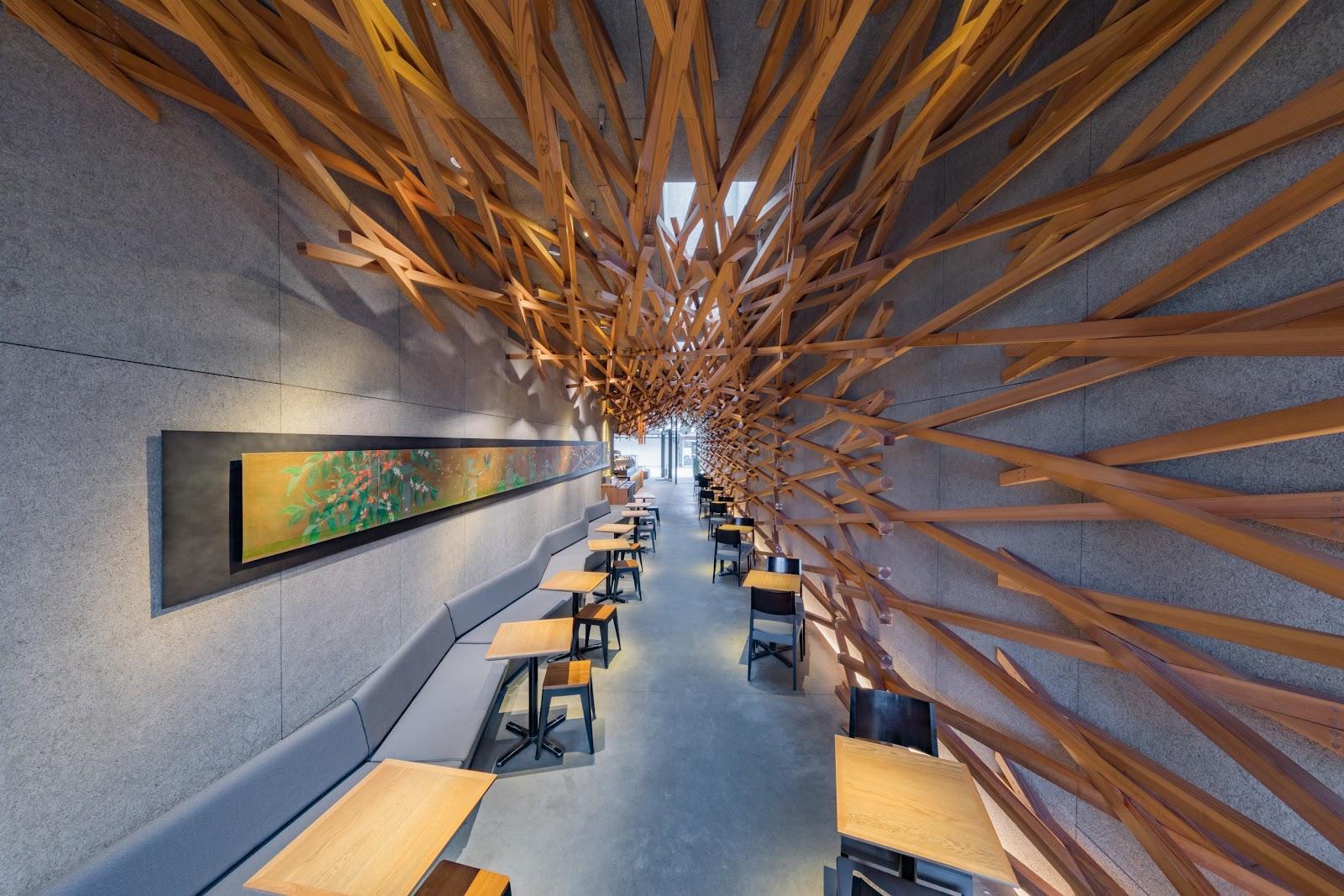
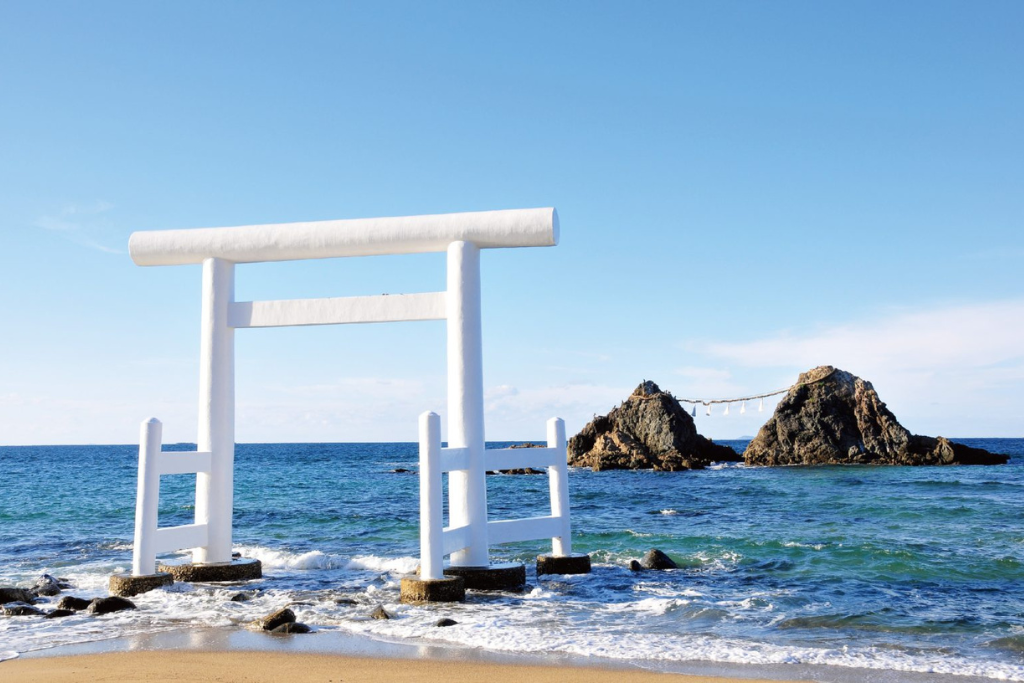
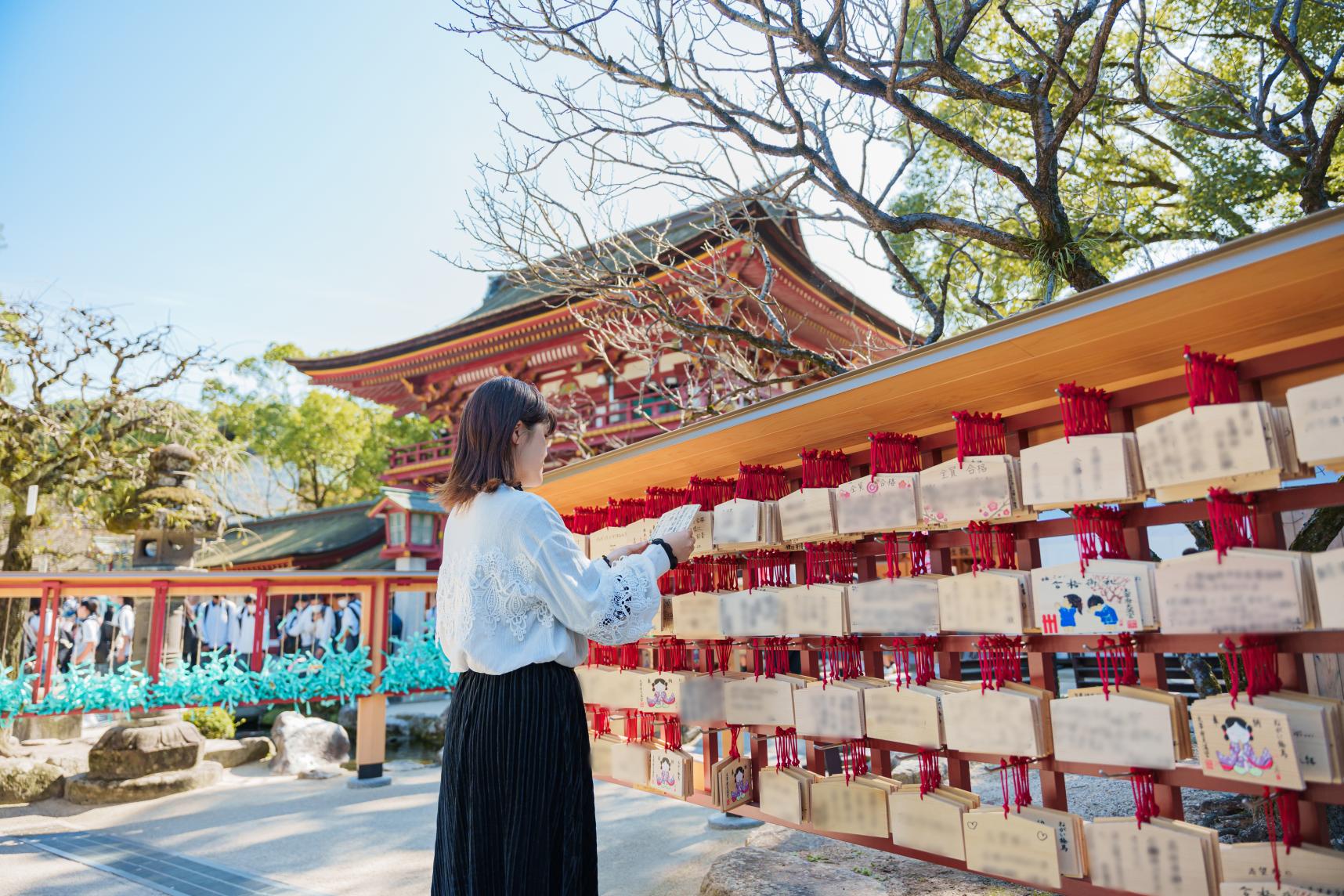
![[2024 Edition] Filled with blessings! The ultimate Fukuoka power spots to bring you happiness.-1](https://www.crossroadfukuoka.jp/storage/special_features/320/responsive_images/6SsCvBDXBhlZoAGUgarTOpZpEaEwsIqsWzSxW8cw__1289_856.png)